Graceful curb appeal often begins where siding meets foundation, and nothing refreshes that meeting line faster than exterior wainscoting — a durable “skirt” that protects, accents, and visually balances your home. From rugged ledgestone to sleek insulated metal, today’s material palette is vast, letting you tailor texture, color, maintenance level, and energy performance to climate and style. Below you’ll find 25 idea-packed paragraphs, each about 100 words, showing how different exterior wainscoting choices solve real-world problems — boosting insulation, resisting moisture, or simply adding bold personality. Skim to spark inspiration or read straight through; either way you’ll come away with practical tips and material insights you can act on right away.
1. Stone Veneer Exterior Wainscoting for Rugged Character
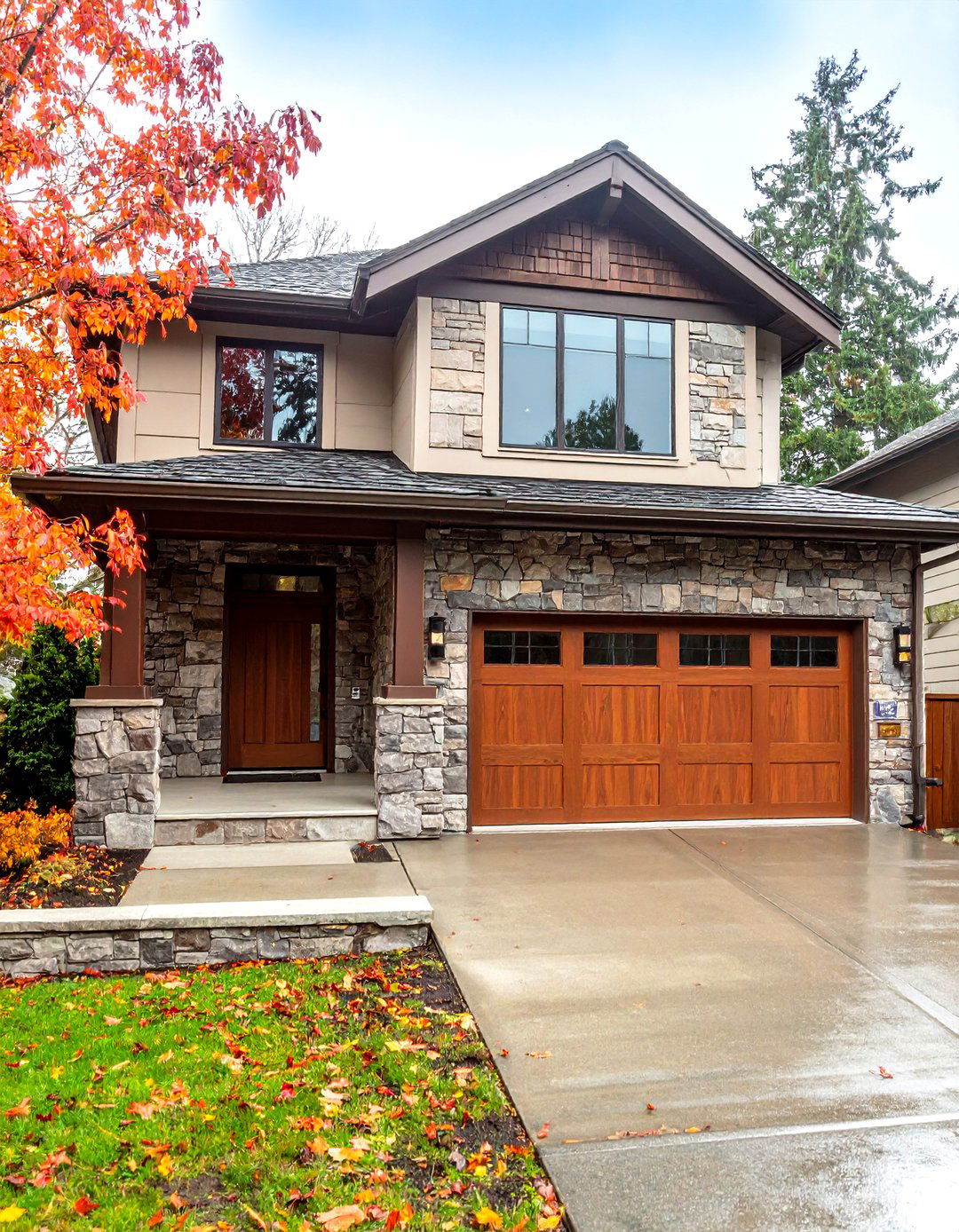
A classic way to ground modern siding is by wrapping the first three feet in stone veneer exterior wainscoting. Engineered veneer panels click together faster than full-bed stone yet still shrug off freeze-thaw cycles and airborne grit, making them ideal for high-impact zones around garage doors and walkways. Many brands mold panels from actual ledgestone, so tones range from cool grays to sun-baked browns without repeating patterns. Pair the veneer with a slim stone cap flashing to deflect runoff and you gain both texture depth and drip protection in one tidy band.
2. Thin Stone Veneer Exterior Wainscoting as a Lightweight Upgrade
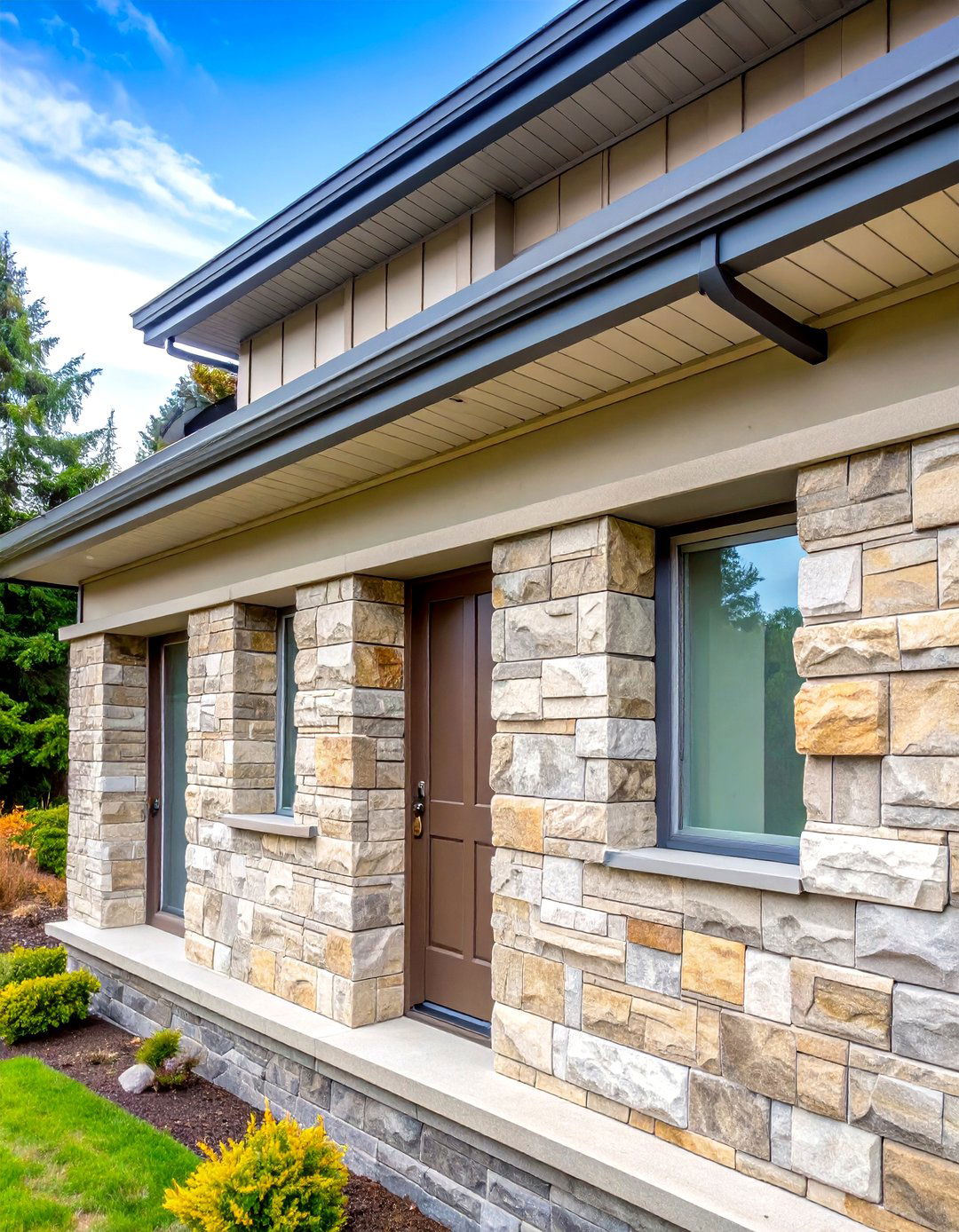
Unlike full-bed masonry, thin stone veneer adds as little as fifteen pounds per square foot, so you can retrofit concrete foundations or wood-frame walls without costly footing work. Contractors often screw rainscreen furring directly through sheathing, leaving an air gap that lets walls dry faster after storms. Because most panels arrive pre-blended, the install crew saves time on pattern work and mortar mixing, trimming overall labor bills. Choose a honed-face variety for modern homes or a split-face if you’re chasing cottage charm — either way, the light weight opens stone looks to many budgets.
3. Full-Bed Natural Stone Exterior Wainscoting for Heritage Homes
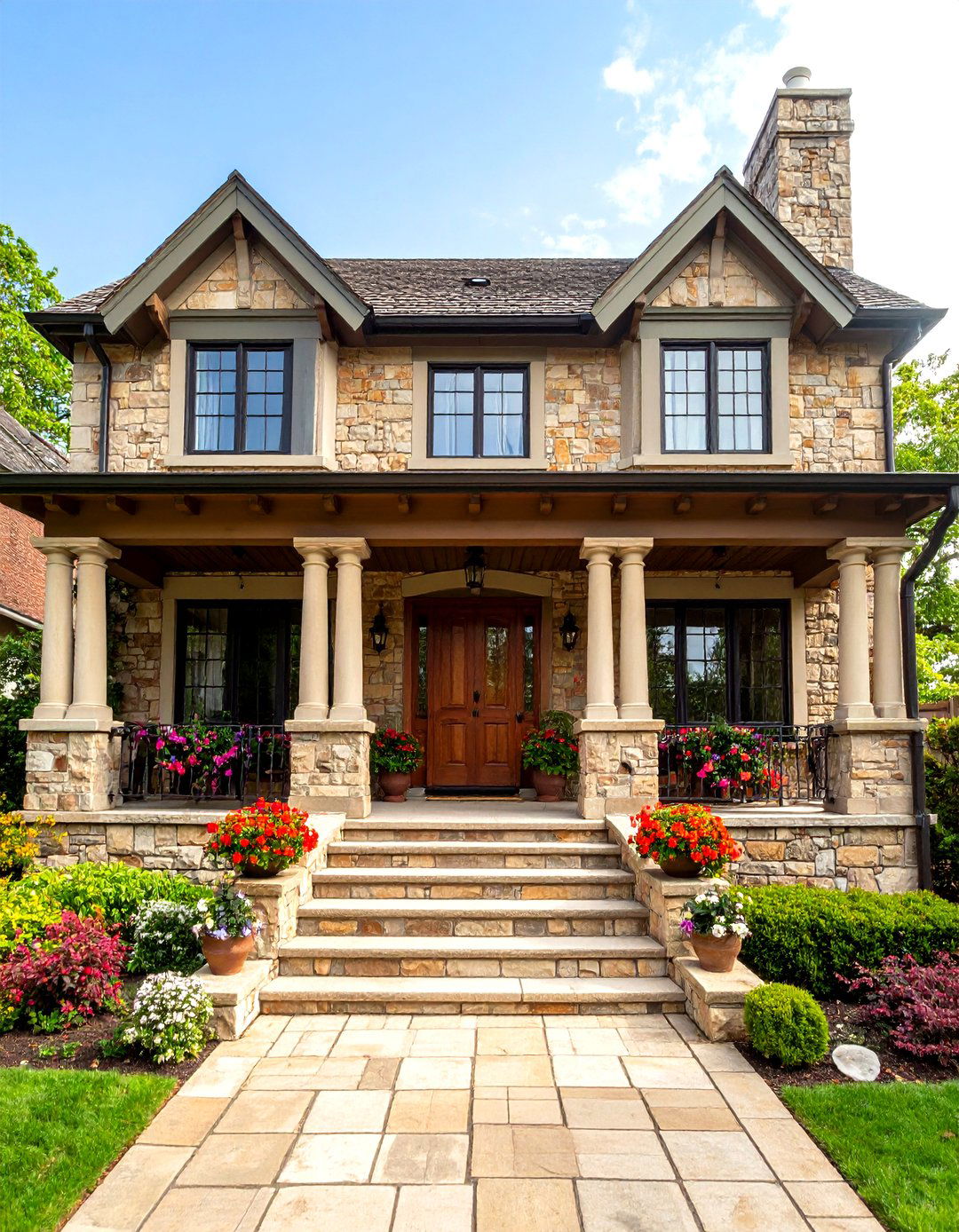
For homeowners restoring a historic Tudor or Craftsman, full-bed stone exterior wainscoting still sets the bar on authenticity. The hefty four-inch thickness can double as a thermal mass, moderating indoor temperature swings. Although installation is slower and pricier, the lifespan easily tops a century, and lime-based mortar makes repointing straightforward. Integrate weep vents every four bricks for drainage, then echo the stone in porch columns to create a cohesive façade line. Because each block is unique, natural variegation hides road dust and weathering gracefully, meaning maintenance often ends at a gentle annual rinse.
4. Brick Exterior Wainscoting to Echo Traditional Charm

A running-bond brick exterior wainscoting instantly ties new siding to neighborhood traditions, especially in regions where brick ranches dominate streetscapes. Brick’s fired-clay body resists UV fade and doesn’t flake paint, earning its reputation for low upkeep. Modern thin-brick sheets come precast on mesh backers, letting DIYers set and grout panels much like tile. For extra depth, alternate occasional soldier-course bricks that project ½-inch, casting lively shadows across the band. Finish the top edge with a brick rowlock sill to shed water cleanly and double as a visual belt around the house.
5. Faux Brick Panel Exterior Wainscoting for Budget-Friendly Warmth
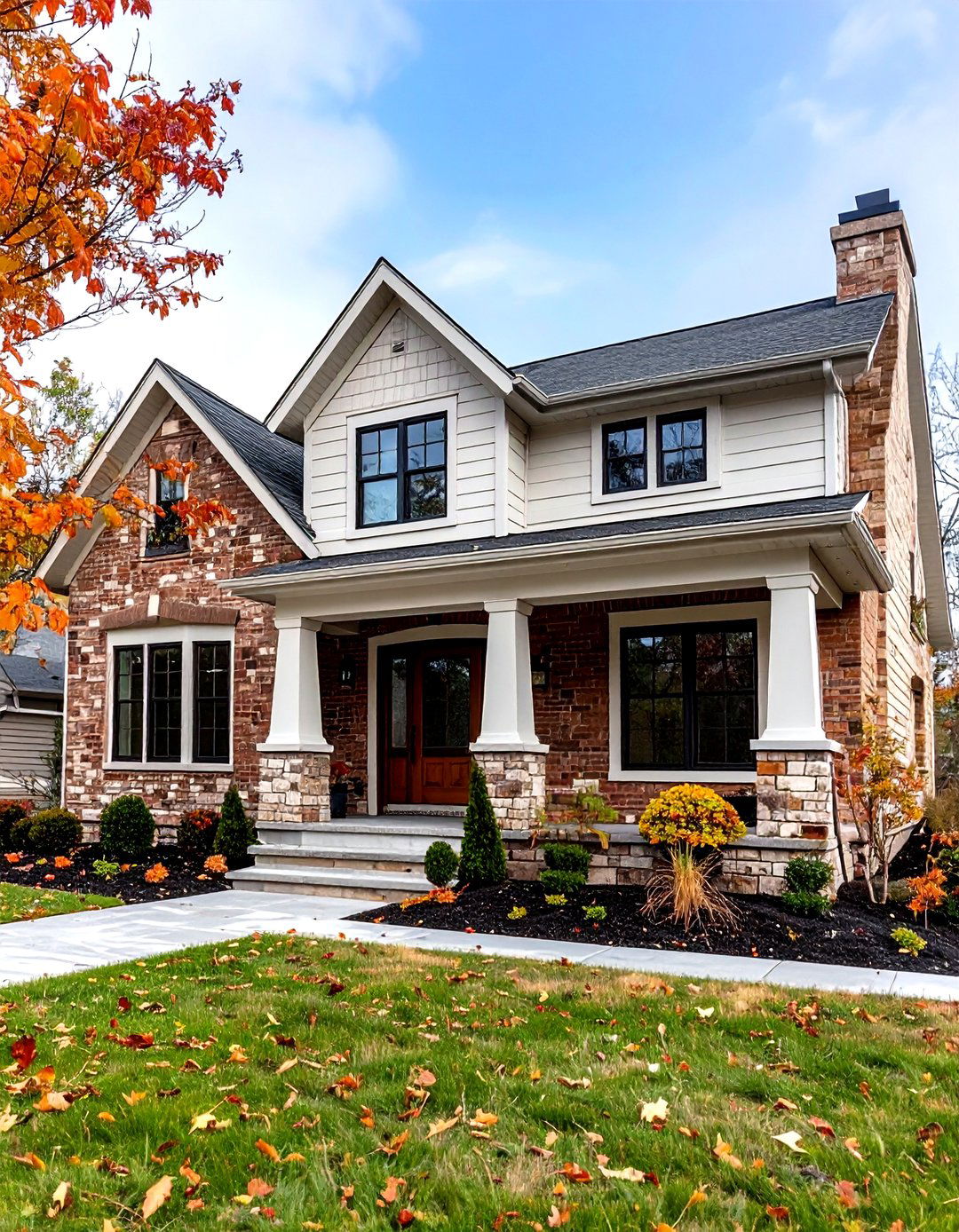
Faux-brick high-density polyurethane panels weigh less than eight pounds each yet survive hail strikes and lawn-mower toss-ups, making them attractive to cost-conscious remodelers. Manufacturers pre-tint mortar lines, so no repainting is required if the surface chips. Because panels cut with a circular saw, curves around bay windows are simpler than with rigid masonry units. Add color-matched caulk at seams and you’ll fool most passers-by while saving roughly 40 percent versus real brick installed by a mason.
6. Board-and-Batten Exterior Wainscoting to Lift Rooflines
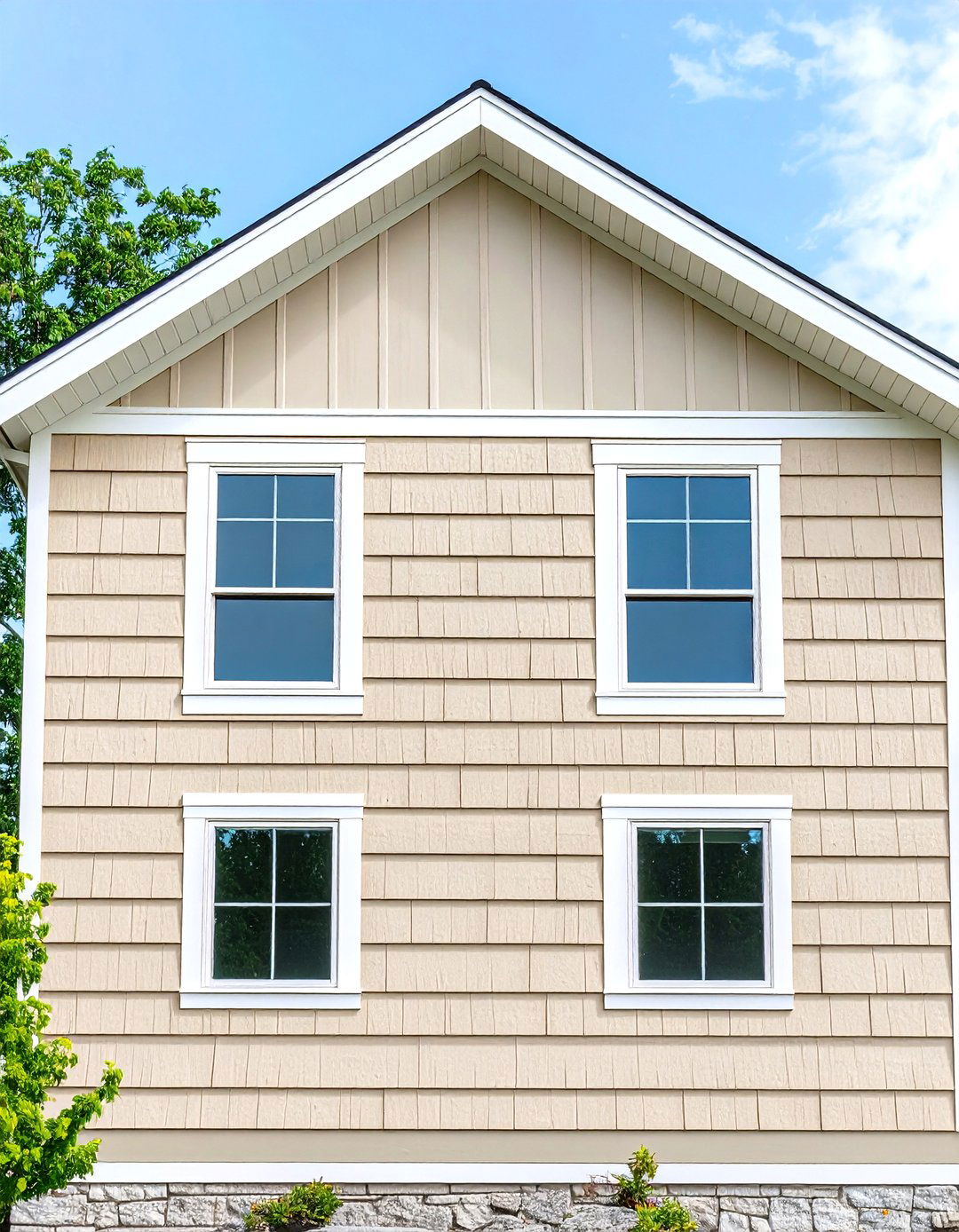
Board-and-batten exterior wainscoting pulls the eye vertically, a trick designers use to make single-story façades feel taller. Using wider center boards (10 – 12 inches) under slim 1×2 battens adds rhythm without clutter. Fiber-cement or engineered wood boards resist swelling, and color blocking — white battens over sage boards, for instance — can highlight farmhouse architecture. Because seams land beneath battens, installation tolerates minor board movement, useful in humid zones.
7. Fiber-Cement Board Exterior Wainscoting for Low Maintenance
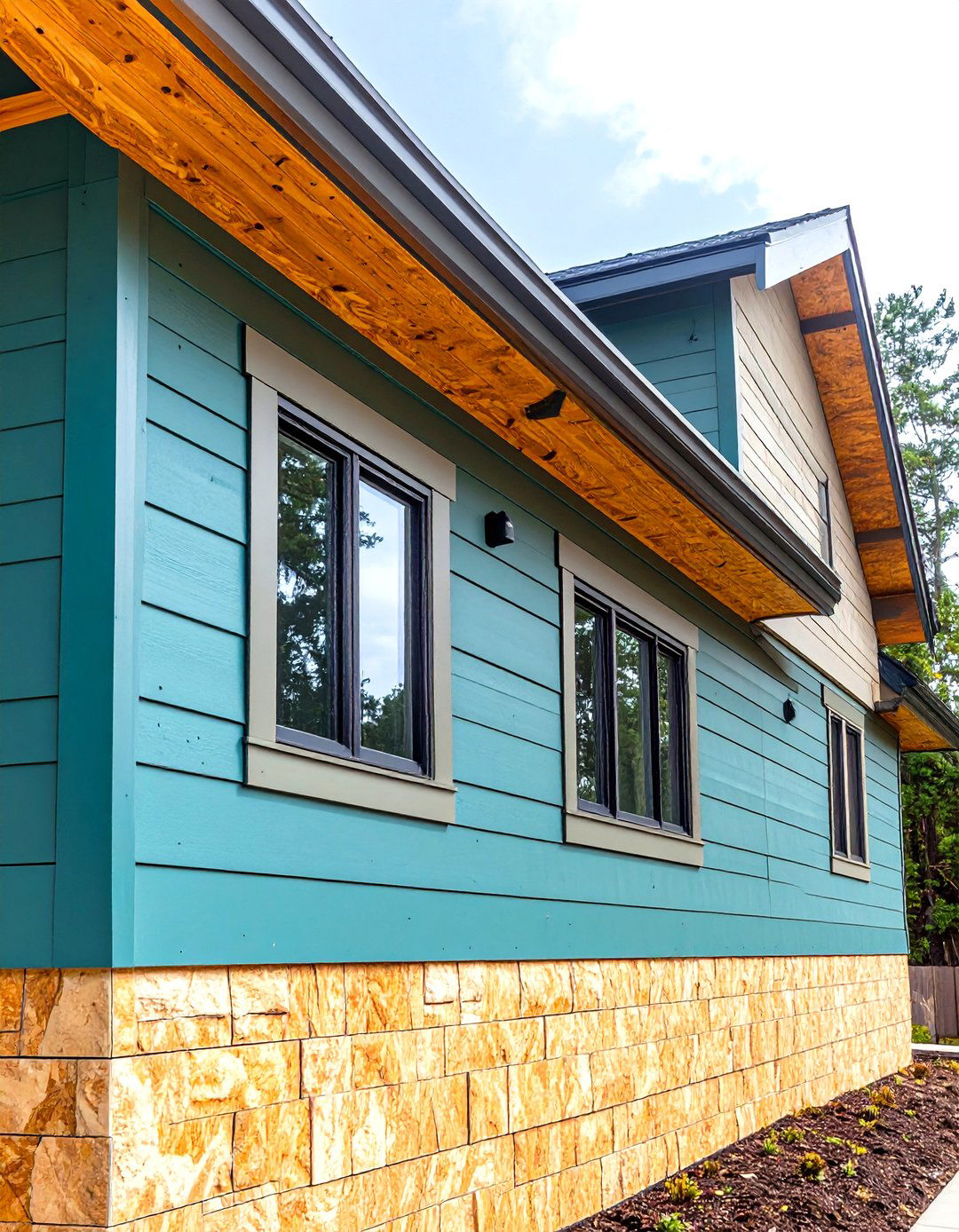
Fiber-cement exterior wainscoting carries Class A fire resistance and a 30-year substrate warranty, suiting wildfire-prone or coastal markets. Its cellulose-reinforced cement matrix stands up to salt spray, while baked-on color coats resist peeling longer than site paint jobs. Panels cut with a score-and-snap knife or a shears blade, minimizing silica dust. Use corrosion-resistant screws and leave minimal ⅛-inch gaps at joints per manufacturer specs for thermal breathing, then tape those seams with fiber-cement joint flashing to keep wind-driven rain out.
8. Vertical Shiplap Exterior Wainscoting for Coastal Vibe
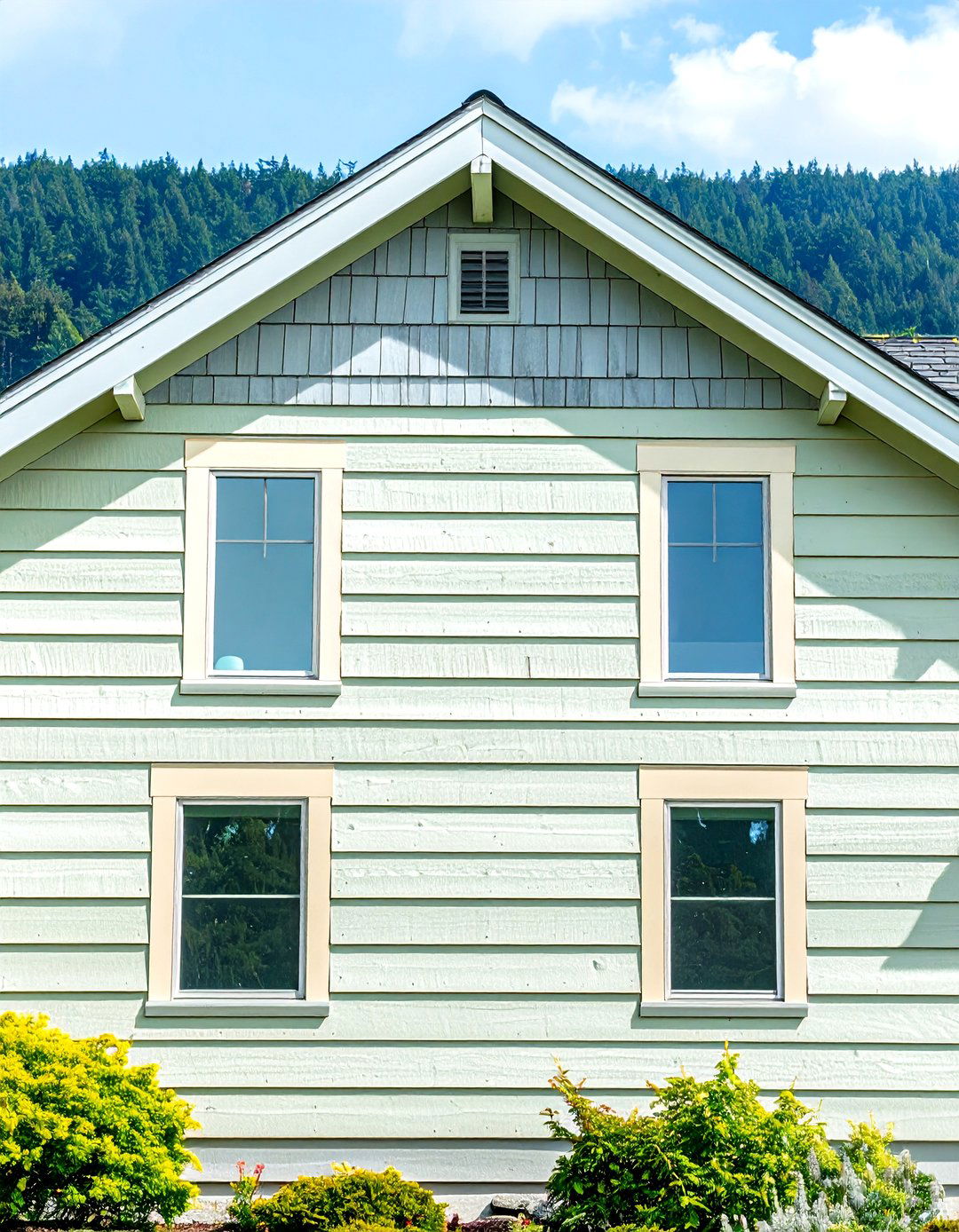
Shiplap milled from fiber-cement or cedar creates crisp shadow lines that evoke seaside cottages. Running the planks only up to window-sill height lightens material cost while still delivering that beach-house signature. Seal every cut end with primer; then apply a semi-translucent stain so grain peaks through if you’re using wood. To avoid cupping, face-nail stainless steel ring-shanks through the tongue in harsh marine climates. Cap the band with a small drip flashing and pair with cedar-shake gables for a textbook Nantucket blend.
9. Shake-Style Exterior Wainscoting to Add Textured Contrast
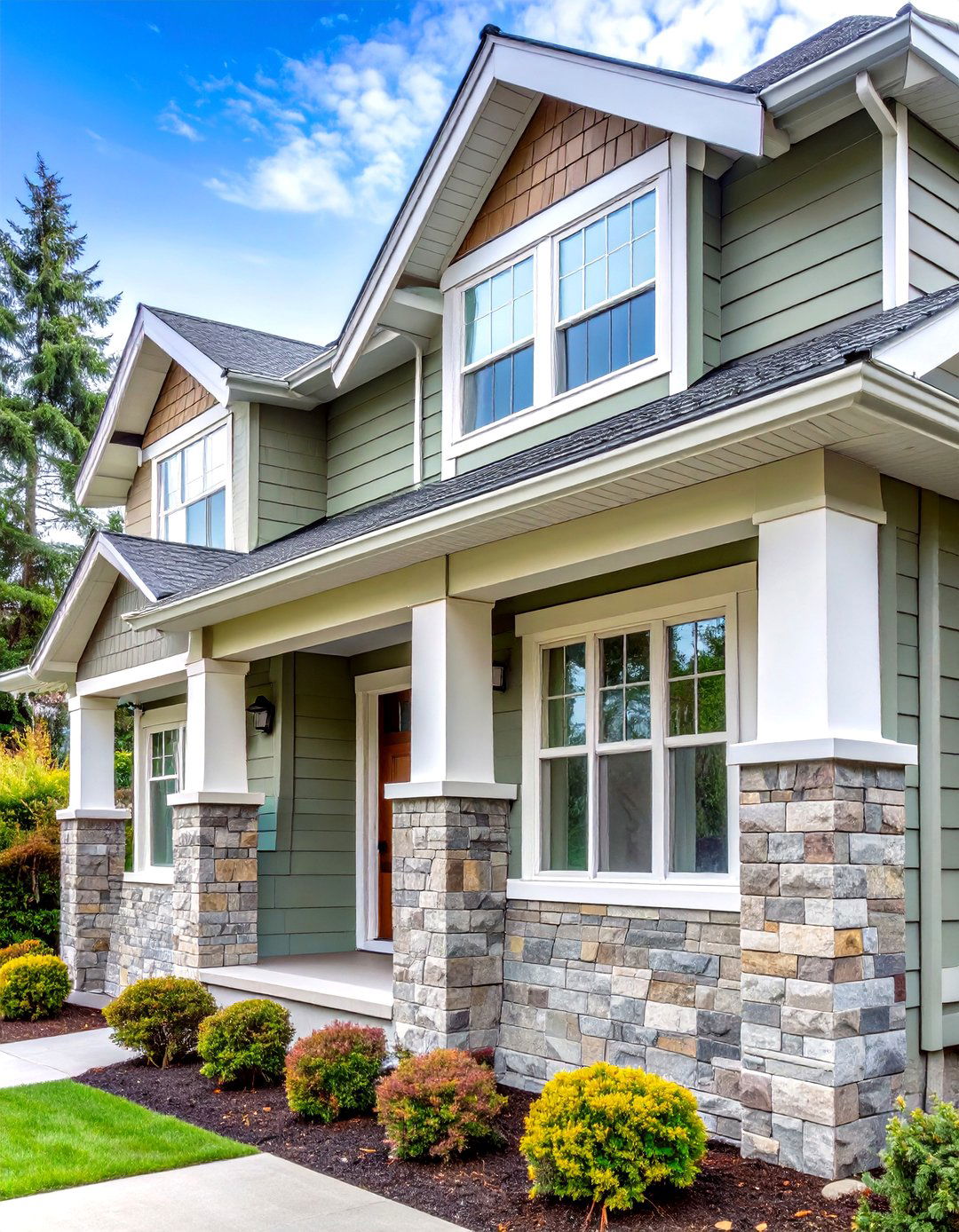
PVC or polymer shake panels mimic staggered-edge cedar shakes yet never absorb moisture, so they’re popular beneath second-story lap siding to create a belt of shadow and texture. Installers nail starter strips, hang interlocking courses, then finish with a trim board, usually matching the window sill height. Because factory colors permeate the panel, scratches won’t expose a different hue, and UV inhibitors slow chalking. Mixing hand-split and straight-edge profiles in alternating courses can further break up large elevations without complicating labor.
10. Corrugated Metal Exterior Wainscoting for Industrial Edge
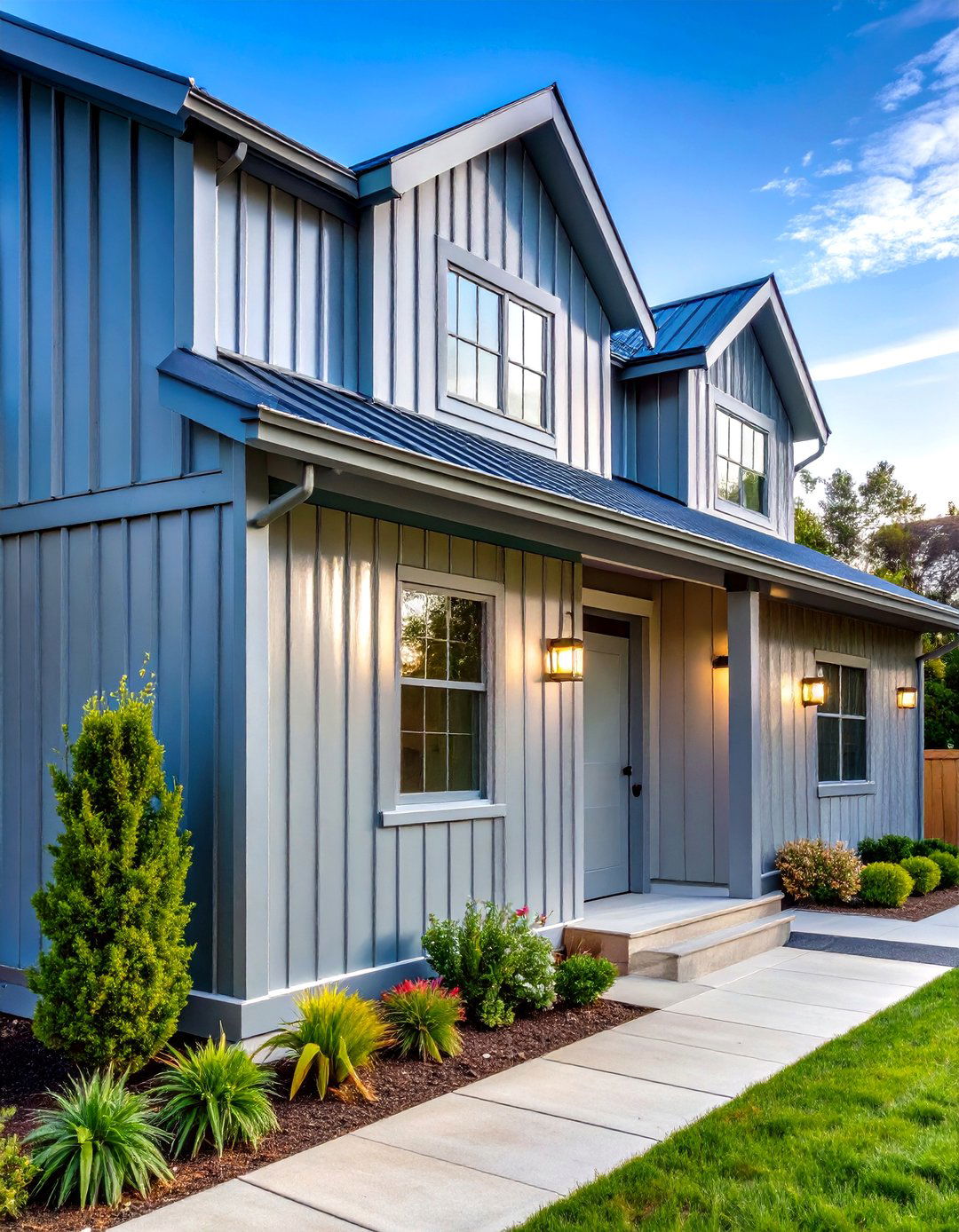
Few materials telegraph modern-farmhouse style like corrugated metal exterior wainscoting. Galvanized or rusted steel panels arrive in manageable 24×36-inch sheets and fasten with gasketed screws through pre-punched holes, making weekend installs feasible. The ribbed profile deflects kicked-up gravel on long drives and sheds snowmelt quickly. Inside corners finish with off-the-shelf J-trim; outside corners look sharp wrapped in matching 90-degree flashing. Add a clear acrylic sealer over intentional patina to lock in color without stopping that weathered look from deepening over time.
11. Rusted Steel Exterior Wainscoting for Farmhouse Patina
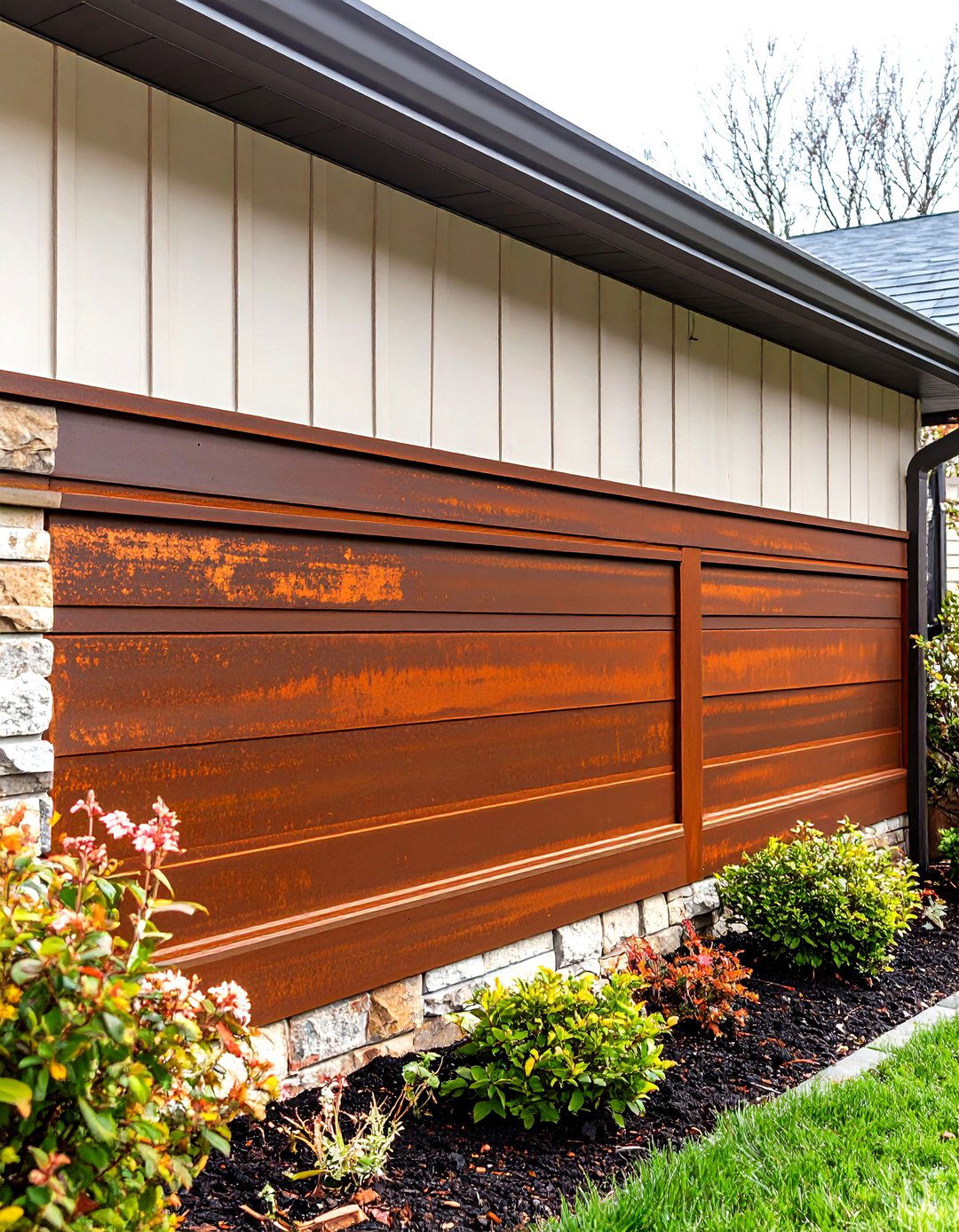
Pre-oxidized Corten-style panels deliver an immediate warm brown patina without staining surrounding masonry because the finish is stabilized in the factory. Used only as a wainscot, the metal’s natural streaking stays close to grade, so any runoff that develops won’t discolor upper siding. Pair the rich rust tone with creamy vertical board above for a relaxed barn aesthetic, or with charcoal stucco for modern punch. Factory-baked sealants slow further oxidation, keeping maintenance minimal beyond the occasional gentle wash to remove road salt.
12. Aluminum Composite Panel Exterior Wainscoting for Modern Lines
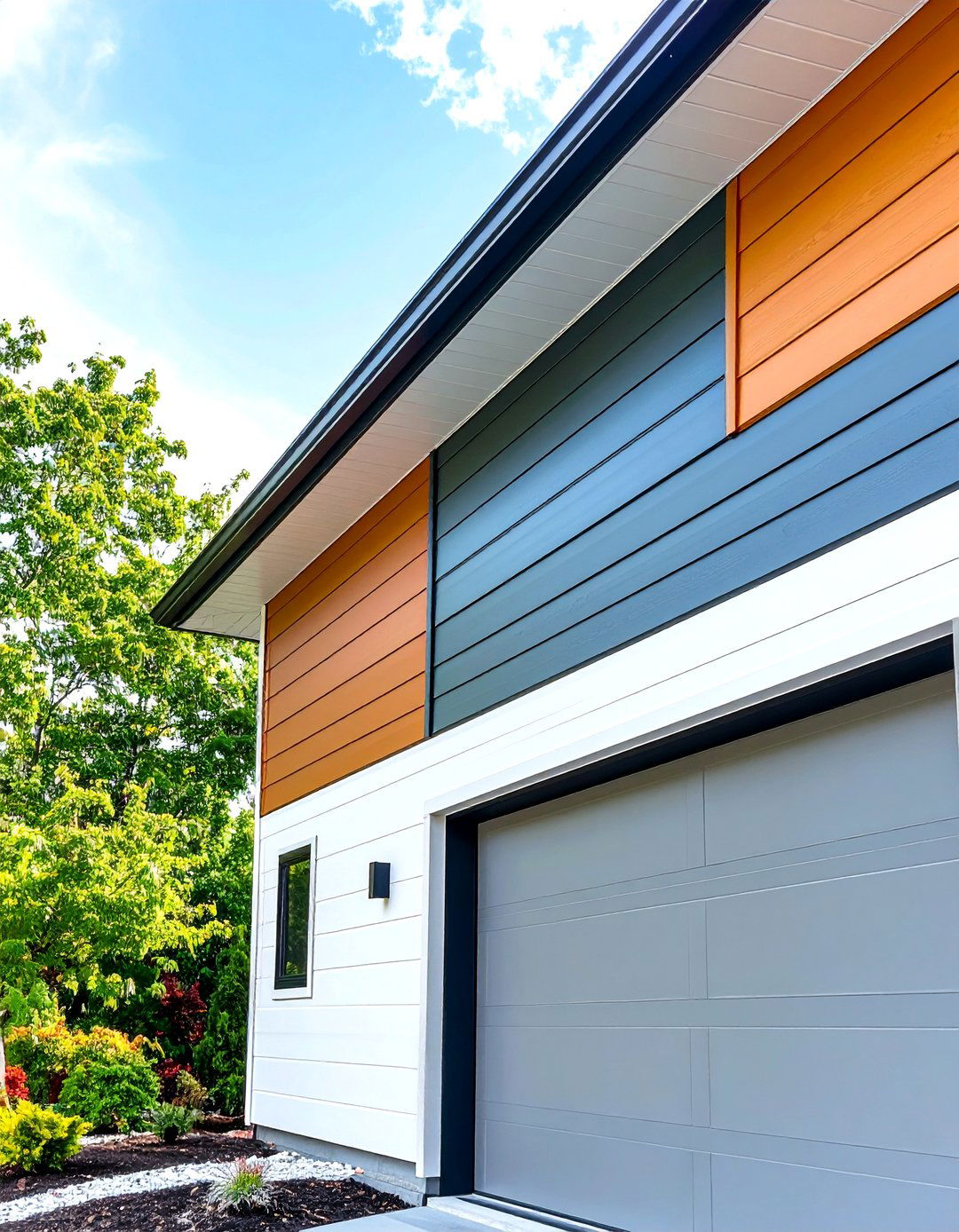
Aluminum composite material (ACM) sheets sandwich a fire-retardant core, offering knife-sharp reveals and a rainbow of powder-coated finishes most homeowners only see on commercial builds. Because each 4×8-foot sheet weighs under 20 pounds, carpenters can fur out only where needed, then rivet panels in place for a floating effect. Match siding color for a minimalist base or pick a high-gloss bronze to frame a wood rainscreen above. Micro-joint sealants maintain thermal movement gaps less than ⅛-inch — almost invisible at street distance — while keeping wind-driven rain from the wall cavity.
13. PVC Beadboard Exterior Wainscoting to Resist Moisture
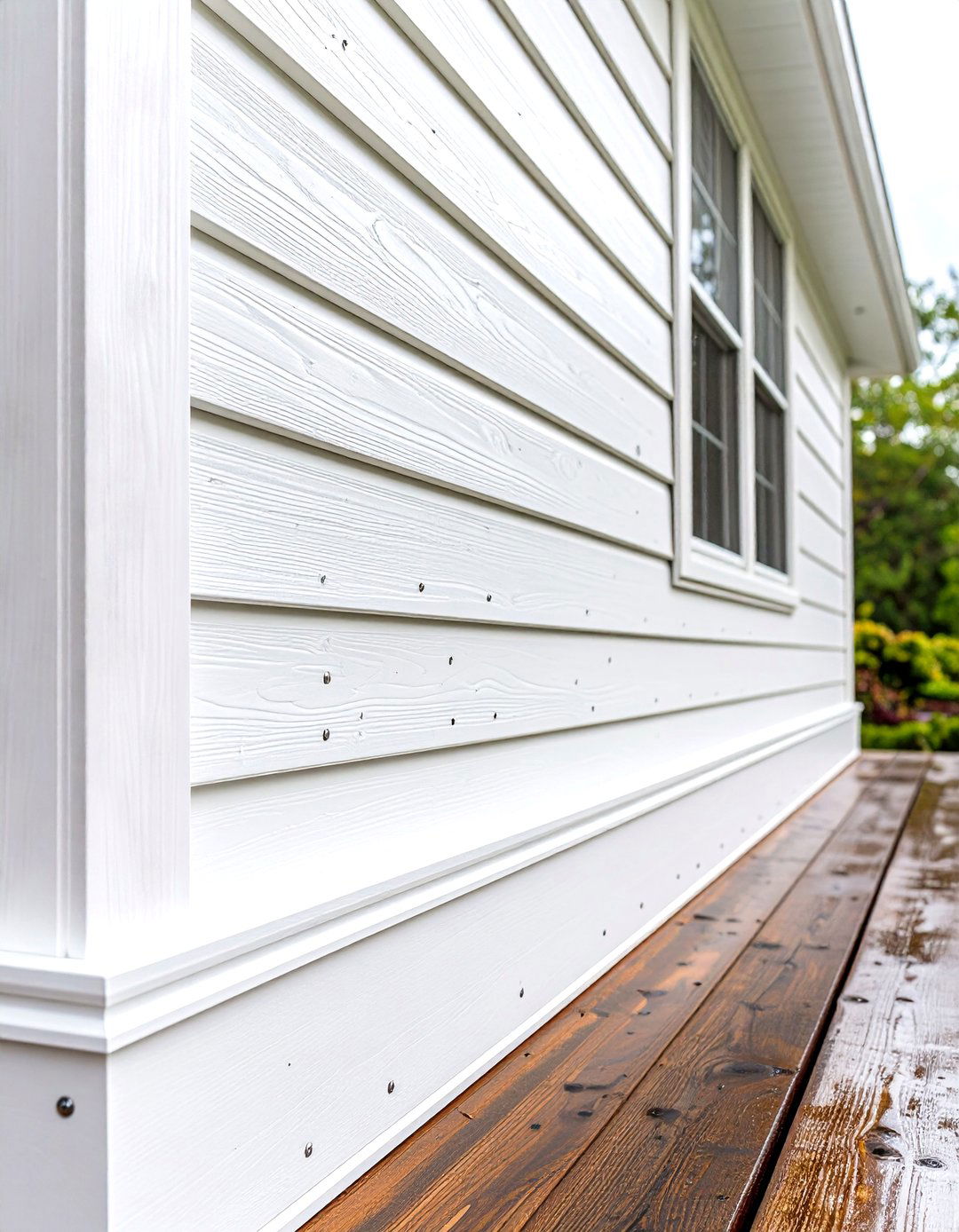
In splash-prone areas like low porches, PVC beadboard exterior wainscoting outperforms pine because it cannot rot, warp, or host insects. Trim boards at Lowe’s and similar retailers come pre-primed white and accept any 100 percent acrylic topcoat or can stay bare for crisp beach-house vibes. Fasten with stainless finish nails and PVC adhesive, then fill holes with color-matched putty. Because expansion rates beat wood, leave 1⁄16-inch end gaps and back-caulk before installing cap trim. Periodic soap-and-water rinse is usually the only maintenance in humid climates.
14. Reclaimed Wood Exterior Wainscoting for Eco-Minded Appeal

With sustainability in the spotlight, reclaimed-wood exterior wainscoting — often recreated in durable faux panels — delivers weathered barn-board charm minus upkeep. Polyurethane panels molded from original lumber get hand-stained for random grain, so no two boards repeat, yet they resist termites and moisture far better than real salvaged planks. Installers cut pieces with standard woodworking blades and screw directly to studs; seams hide beneath scarf joints. Because panels insulate better than thin lap siding, energy audits often show a small R-value bump, a bonus for green remodels.
15. Faux Wood Panel Exterior Wainscoting to Beat the Elements
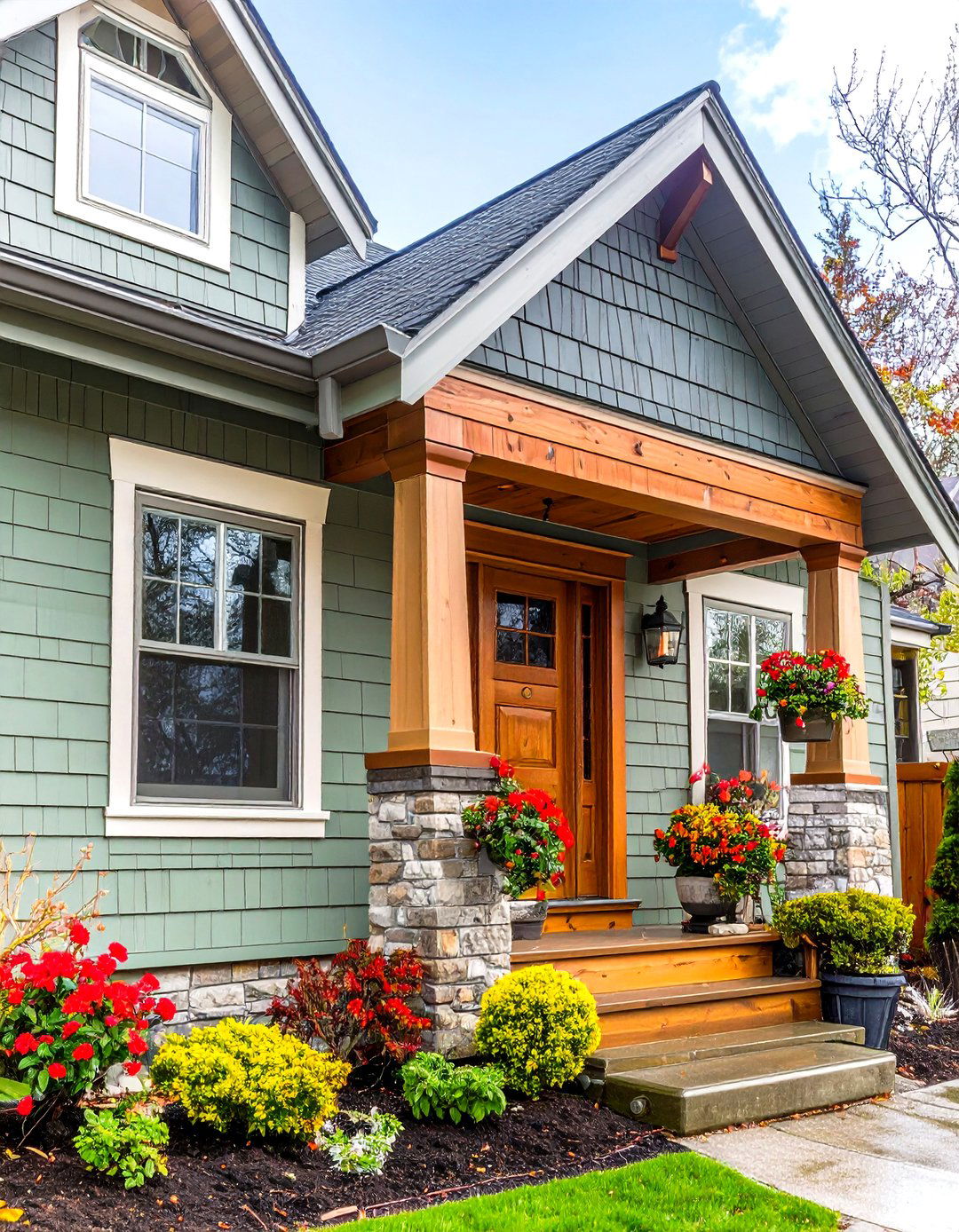
High-density polyurethane faux-wood panels from companies like Barron Designs lock together with tongue-and-groove edges, forming an almost invisible joint that keeps driving rain away from sheathing. UV-stable pigments resist fading for up to 20 years, and panels weigh under two pounds per square foot, slashing transport emissions compared with natural timber. The foam core also dampens street noise — a perk on busy roads. Combine with real cedar trim for authenticity without subjecting the whole façade to rot risk.
16. Stucco Band Exterior Wainscoting for Seamless Mediterranean Style
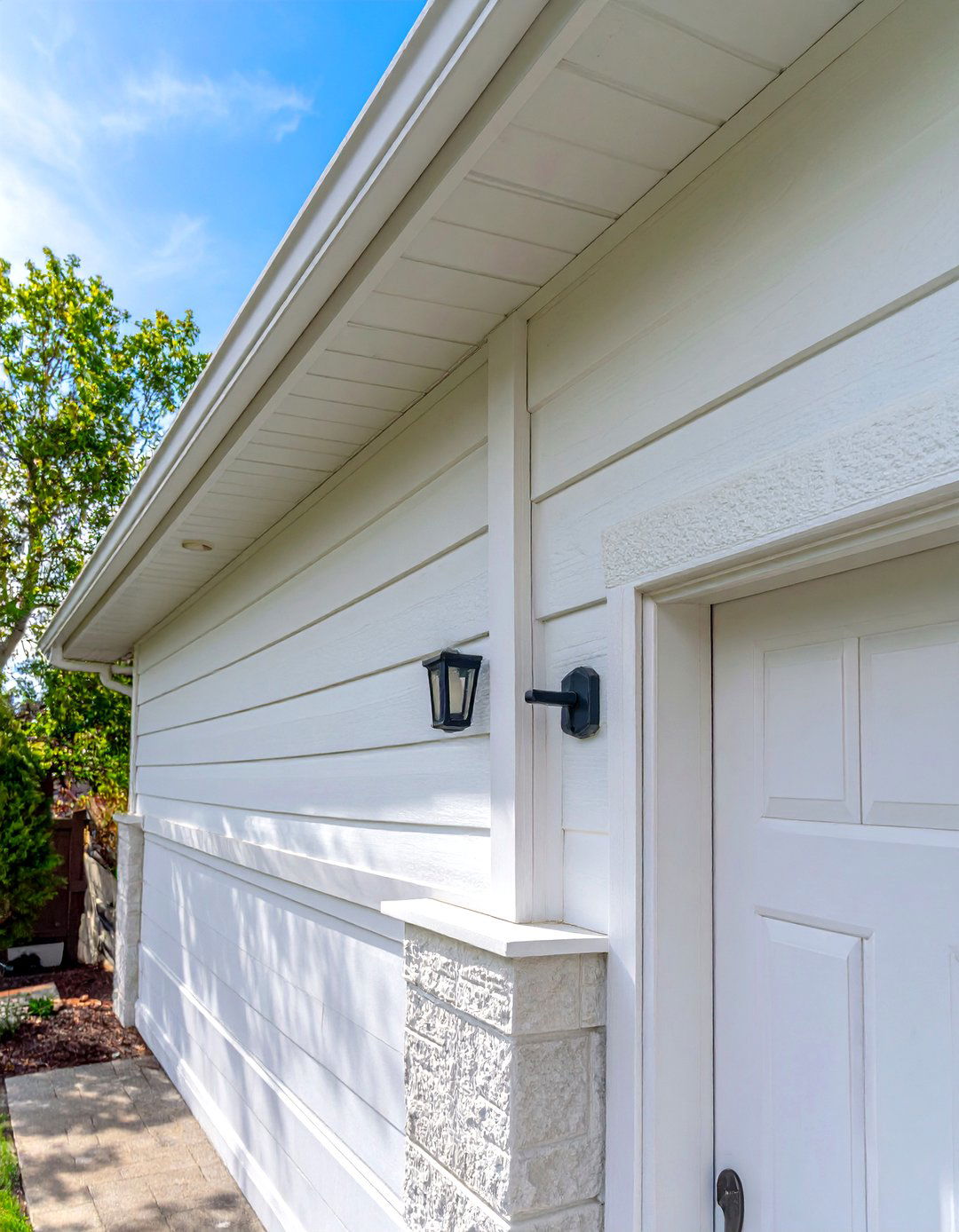
A stucco-on-foam base-band provides a continuous, crack-free exterior wainscoting that ties seamlessly into full-height stucco above. Contractors often embed fiberglass mesh in the scratch coat, preventing hairline cracks and improving impact strength. Troweled color coats integrate UV-resistant pigments, so chips don’t break through to white base. Adding a groove at the cap edge offers a clean shadow line that mimics a water-table sill without separate stone pieces. Homeowners appreciate the single-material simplicity and the fact that minor scuffs disappear with a dab of matching elastomeric patch.
17. Stone-to-Stucco Transition Exterior Wainscoting for Dynamic Facades
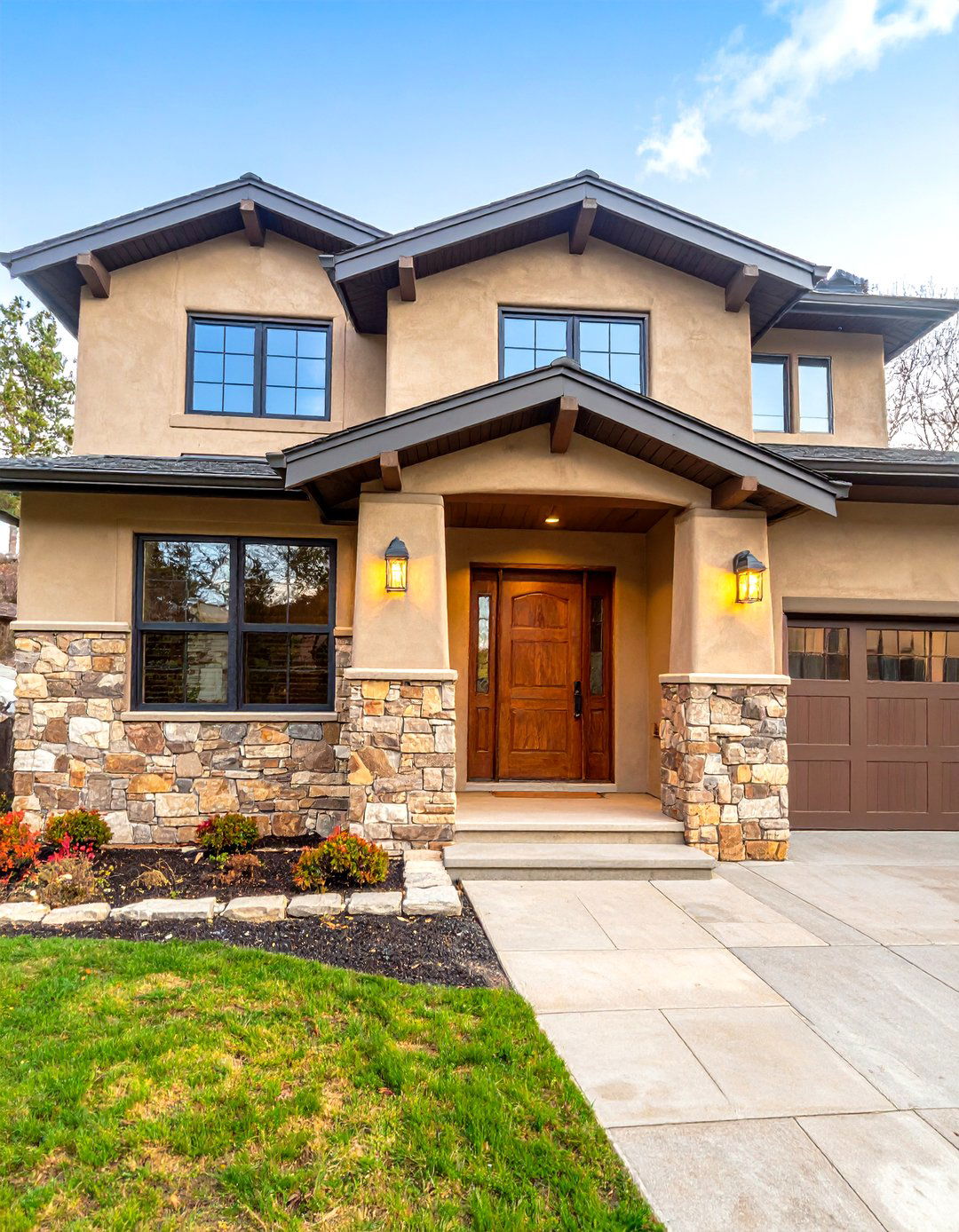
Combining stone wainscoting on the lower level with smooth stucco above creates an instant rustic-meets-modern statement, favored in contemporary Southwest builds. The textured stone anchors the house visually, while the stucco’s broad planes emphasize height and light. Integrating a drip edge flashing between materials stops water migration and marks a crisp division. Choose complementary earth-tone palettes — think smoky quartz below and warm taupe above — to keep the blend cohesive rather than busy.
18. Mixed-Material Exterior Wainscoting with Stone and Metal Accent
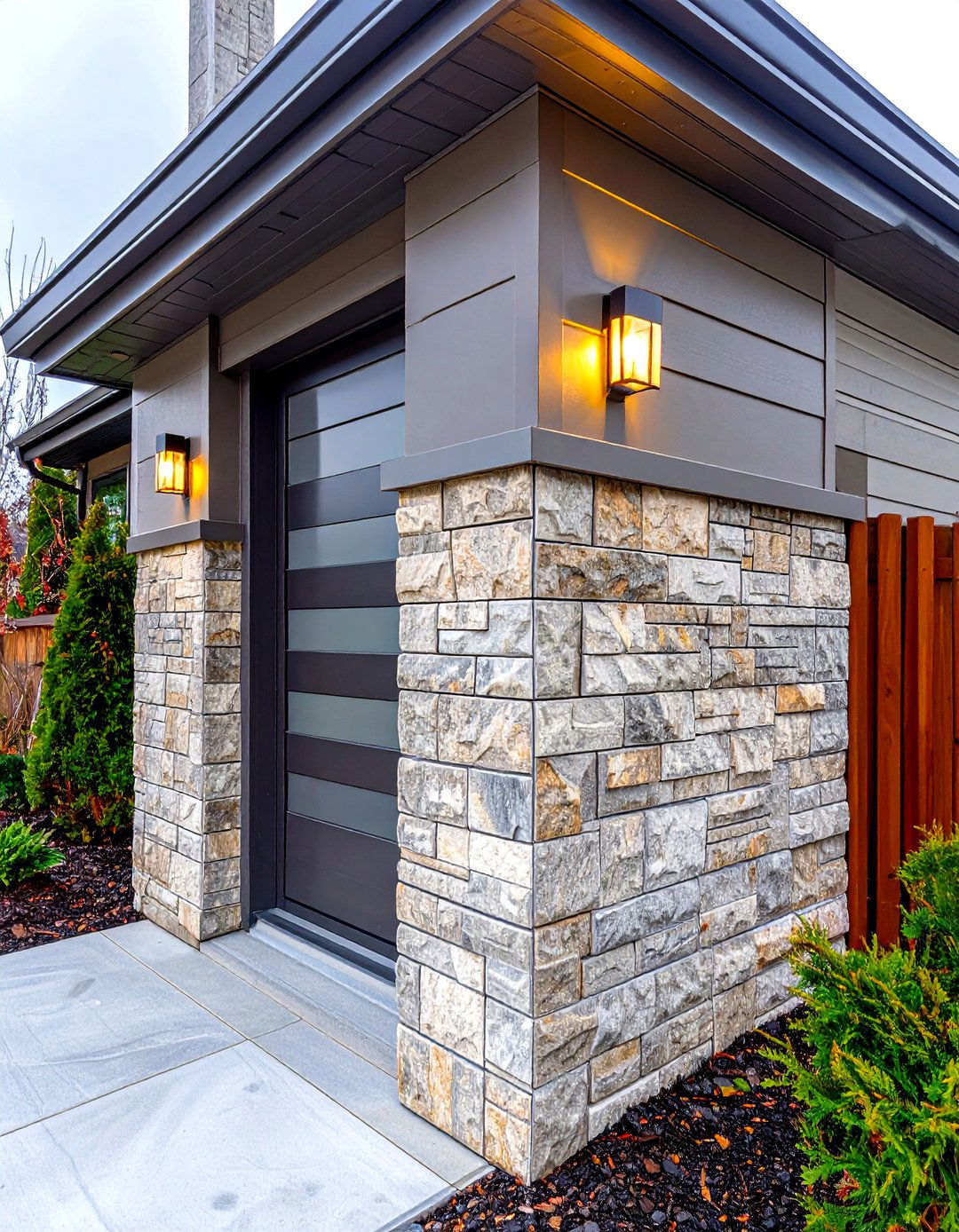
For homes that crave more contrast, running a narrow corrugated-metal ribbon atop a stone wainscot adds glint and highlights eave hardware. Because metal panels are only 26 gauge, they bend easily around corners with a brake, eliminating bulky stone returns. Stone veneer backsplashes any ground-level impact, while the metal strip reflects path-lighting upward, boosting nighttime safety. Keep color families aligned — galvanized silver with cool-gray granite, rusted patina with warm sandstone — to harmonize textures.
19. Accent-Color Fiber-Cement Exterior Wainscoting for Bold Base
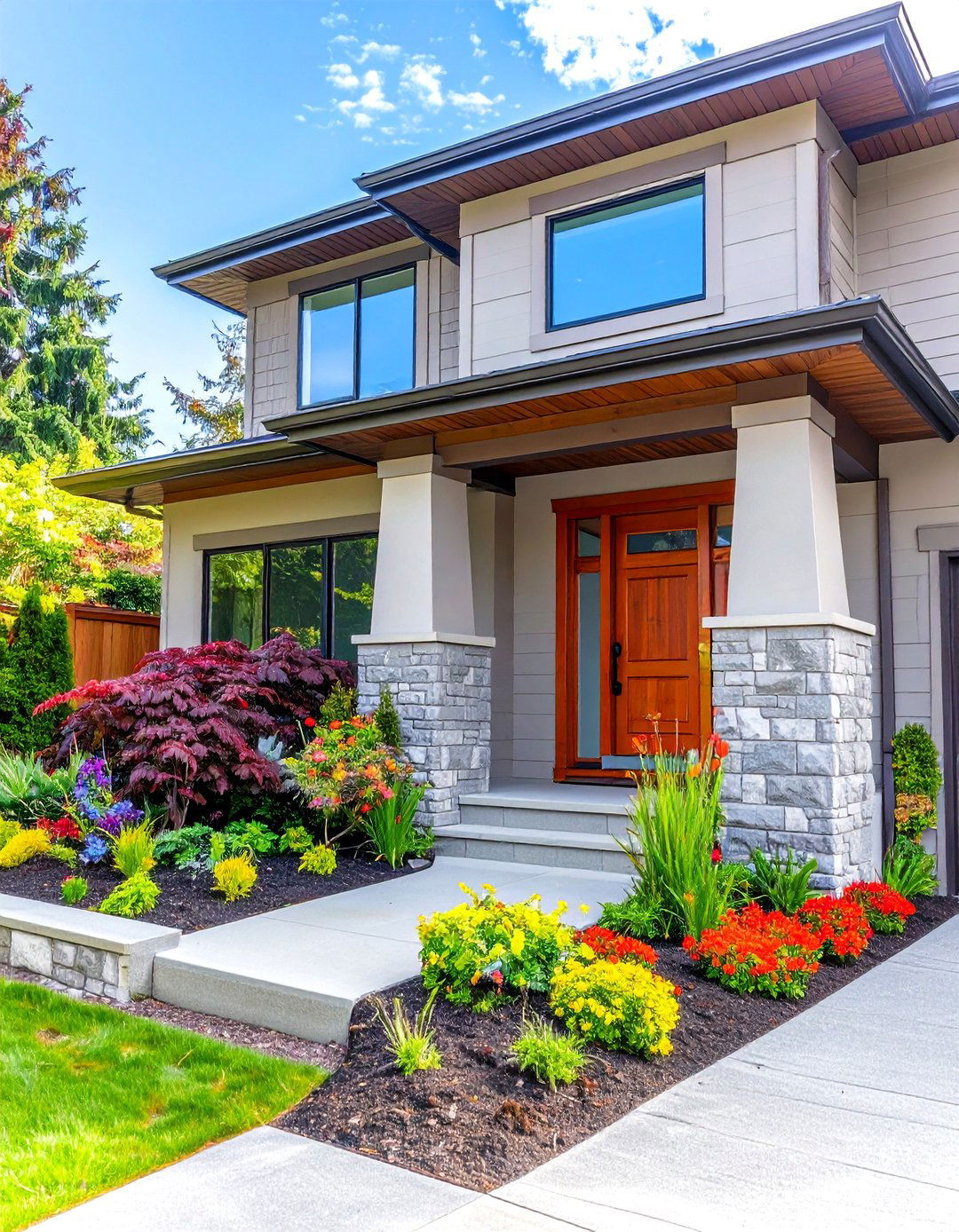
Painting fiber-cement wainscoting a deeper tone than upper siding creates a “weighty” base and hides garden-hose splash. Because cement board holds color longer between repaints, dark hues won’t chalk or peel prematurely. Use high-reflective-value colors above to ensure the façade stays bright; the contrast line naturally draws eyes to landscaping. When coordinating, pull cap-trim color from the roof fascia so the house ties together top to bottom.
20. Horizontal Lap-Panel Exterior Wainscoting to Stretch Small Homes
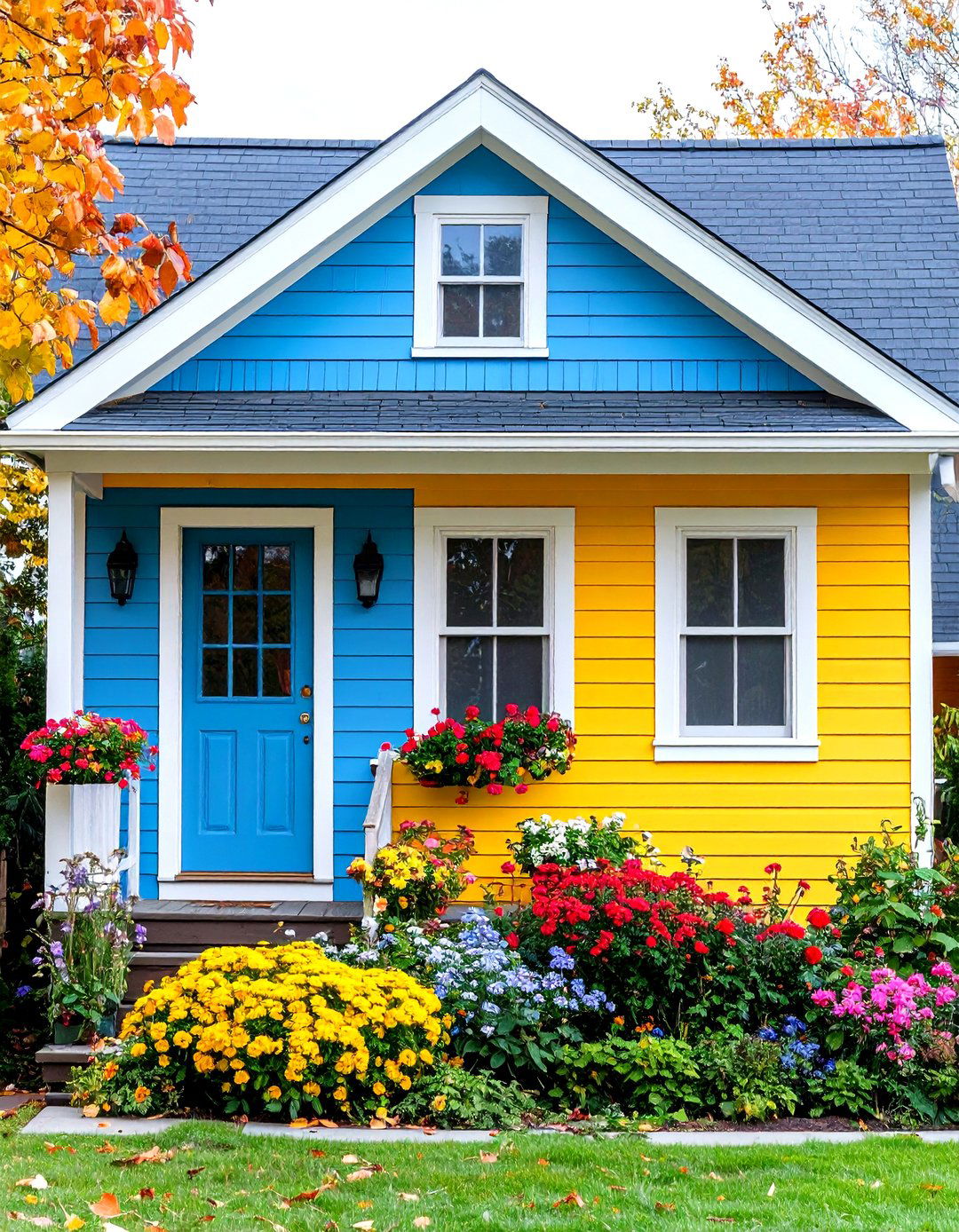
On narrow cottages, horizontal lap-panel exterior wainscoting visually widens walls. Choose an exaggerated seven-inch exposure for pronounced shadow lines and paint it a lighter tint than the vertical board-and-batten above for playful layering. Because the lap faces outward, water runs off quickly, reducing the chance of pooling against sheathing. Use factory-primed engineered wood rated for ground clearance, then seal end cuts liberally to keep swelling at bay. A simple 1×4 drip cap separates directions and doubles as a shelf for seasonal décor.
21. Ledgestone Column and Exterior Wainscoting Integration

Marrying porch columns with matching ledgestone exterior wainscoting creates a continuous plinth that looks designed, not added on. Manufacturers offer modular column wraps that share the same stone profiles as flat wall panels, eliminating color-matching headaches. Running the cap flashing across both band and column at one elevation further unifies elements and prevents water from funneling behind either surface. Add soffit-downlighting to wash the stone face at night, showing off its rugged texture after sunset.
22. Permeable Brick-Veneer Exterior Wainscoting for Drainage
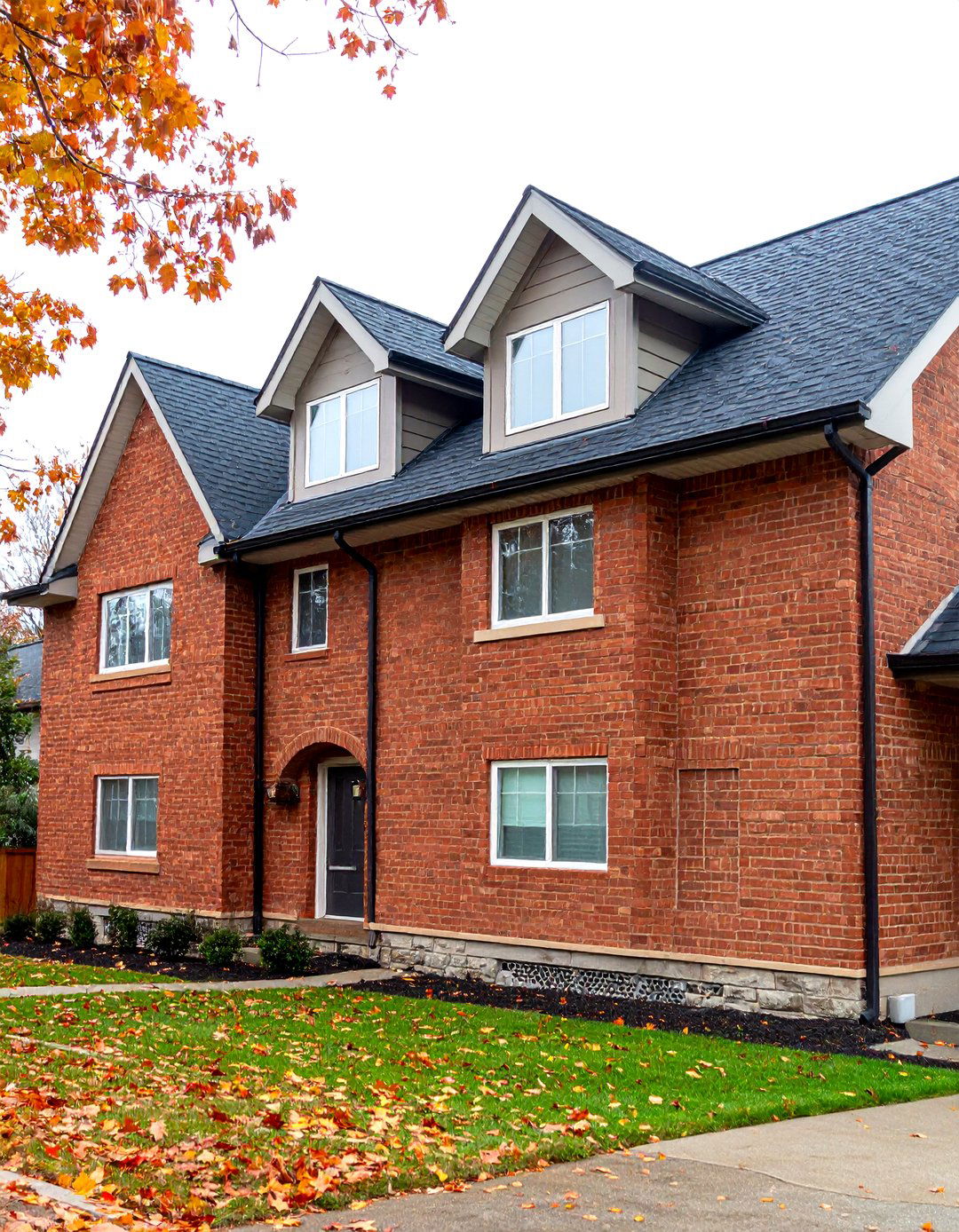
In flood-prone regions, using specially notched brick-veneer units with open head joints every third course lets standing water escape the wall cavity faster. Installers back the veneer with dimpled drainage mat and weep screed, allowing both gravity and airflow to dry the base. This breathable exterior wainscoting reduces mold risk on interior studs while keeping the timeless look neighbors expect. Finish joints with lime-based mortar for flexibility during minor foundation shifts.
23. Insulated Metal Panel Exterior Wainscoting for Energy Savings
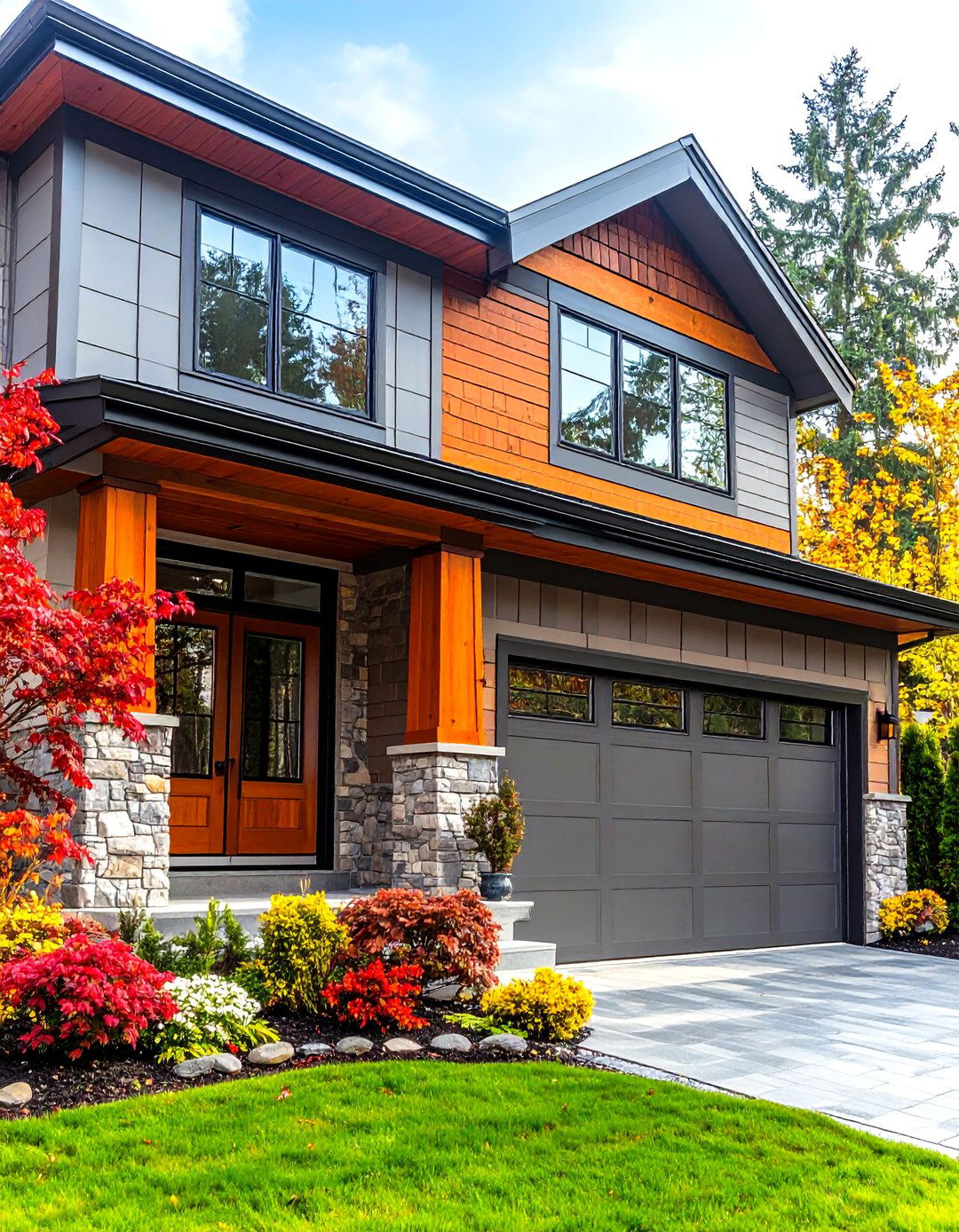
Insulated metal panels (IMPs) sandwich rigid foam between steel skins, delivering R-values up to 7 per inch while installing in one pass. Used as a wainscot, IMPs protect the most exposed wall section and cut thermal bridging where slab edges meet framing. Profiles range from flat to grooved, and some mimic stucco texture yet outlast paint because color sits under a factory PVDF topcoat. The lightweight panels also speed remodel timelines, as crews can cover old masonry without tearing down.
24. Raised-Planter and Exterior Wainscoting Combo for Living Skirt
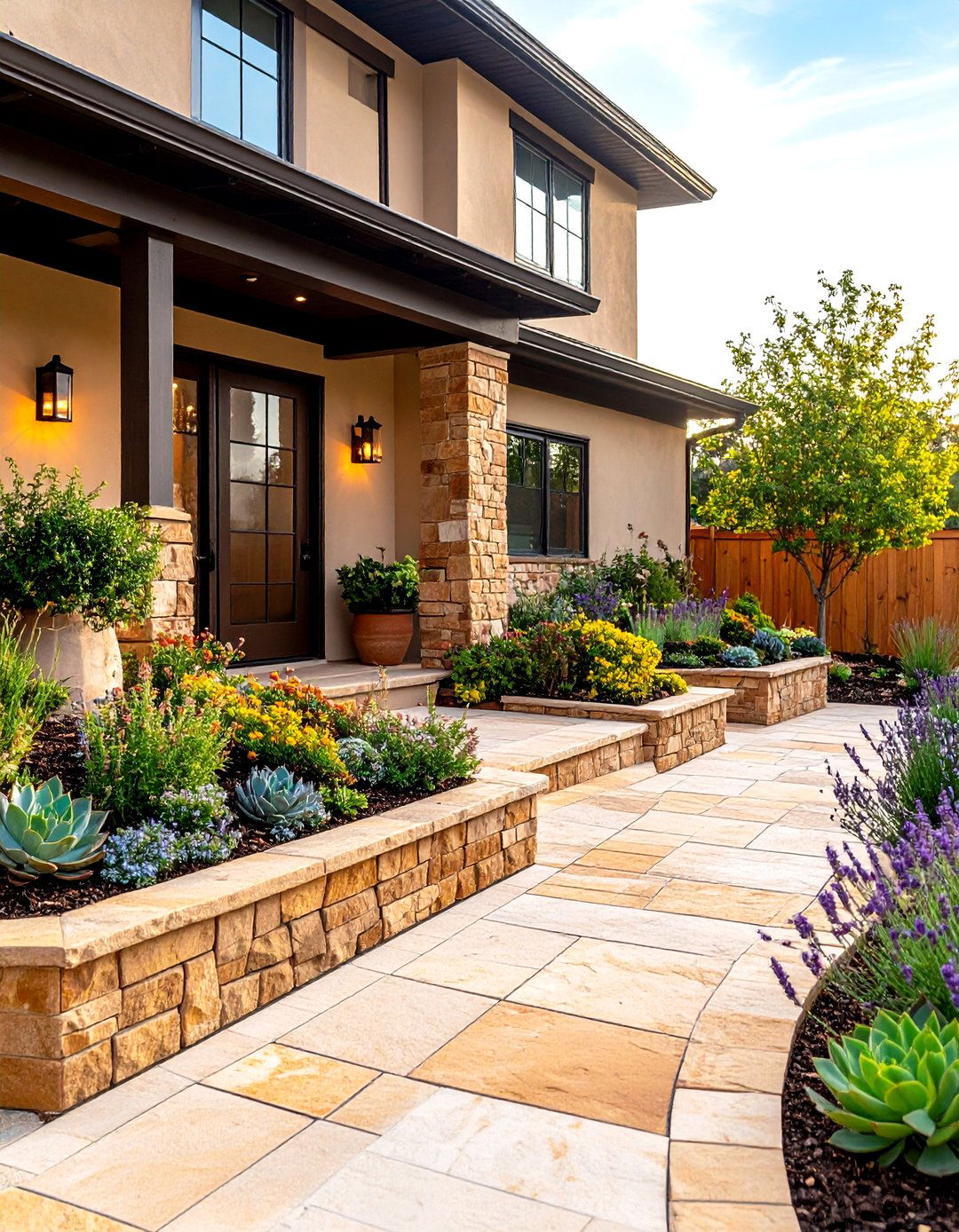
Blending a stone or brick exterior wainscot with integrated raised planters softens hard edges and boosts biodiversity. Masons simply extend select courses outward, creating an 18-inch-wide cavity lined with waterproof membrane and drainage pipe. Planting drought-tolerant sedums or cascading thyme lets foliage spill over the wainscot face, cooling walls naturally and adding fragrance at entry paths. The living skirt hides drip irrigation hoses and pairs especially well with warm-tone sandstone bands that echo earthy greens.
25. LED-Lit Exterior Wainscoting Cap for Night-Time Drama
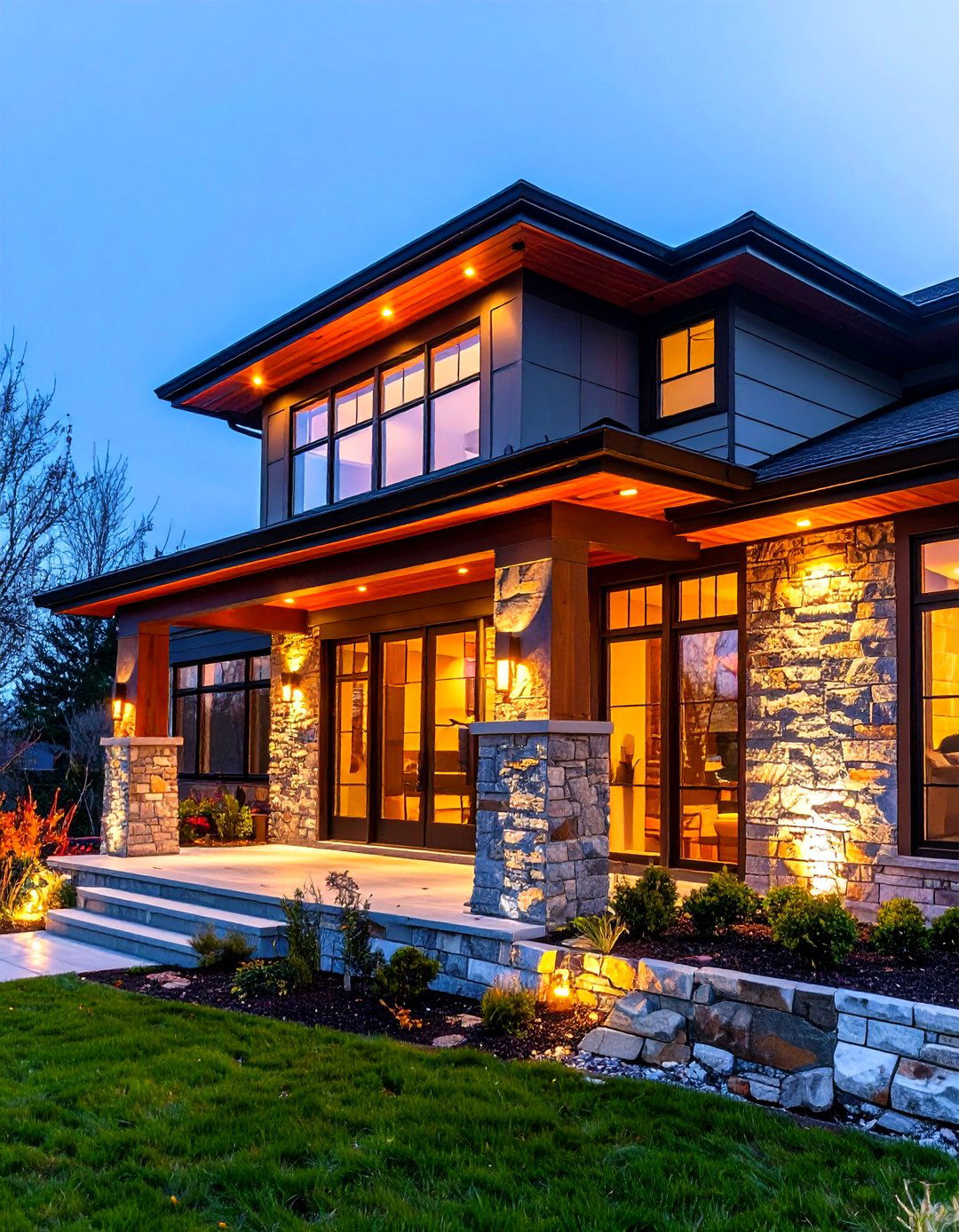
Installing weather-rated LED strips beneath the cap flashing turns an ordinary exterior wainscot into a floating night ribbon. Outdoor RGBW strips rated IP65 resist rain, and smart controllers let you dial color to match holiday themes or subtle warm white for daily use. Mount the strip facing downward to avoid glare, and recess wiring inside the cap board for a seamless look. Besides mood, the light enhances security by eliminating dark zones along walls and highlighting texture in stone or corrugated metal after dusk.
Conclusion:
From stone that tames road debris to fiber-cement that shrugs off sea spray and insulated metal that slashes energy bills, exterior wainscoting is more than decoration — it’s a strategic first defense and a design power play. By choosing materials and profiles that fit your climate, budget, and aesthetic, you can craft a façade that stays handsome longer, works harder against weather, and even lights up the night on command. Let these 25 ideas guide your next upgrade and watch your home’s base transform from overlooked strip to standout feature.


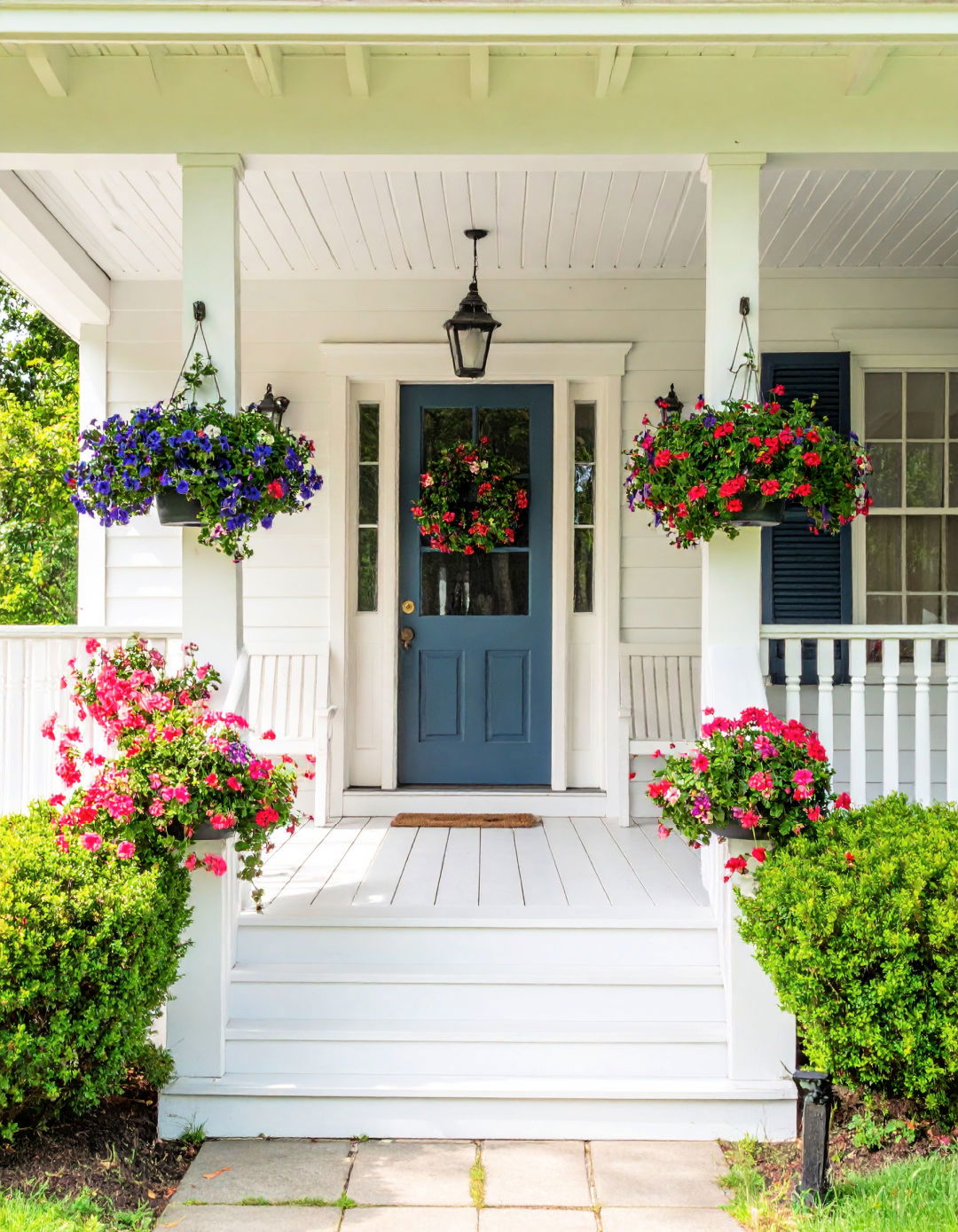
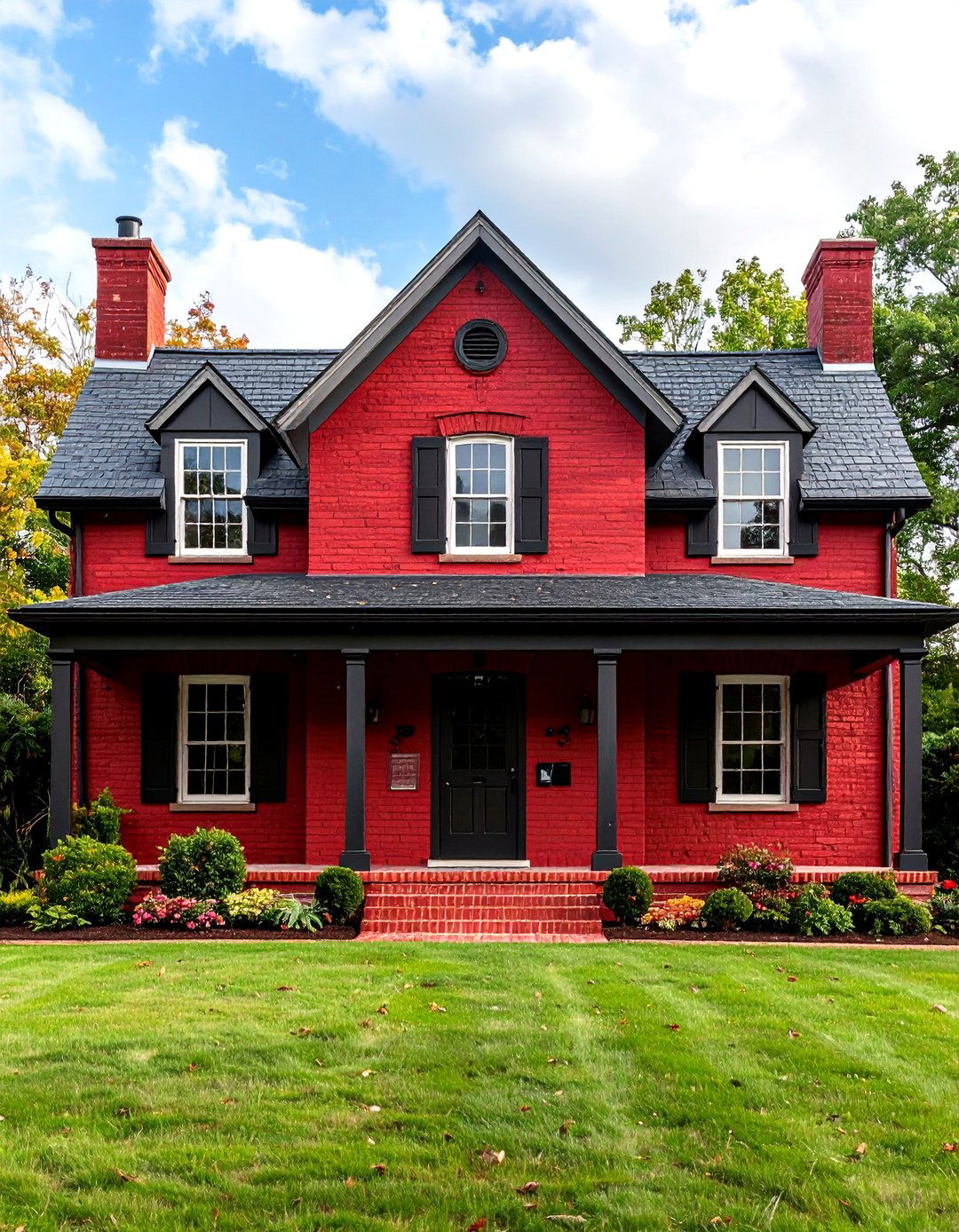
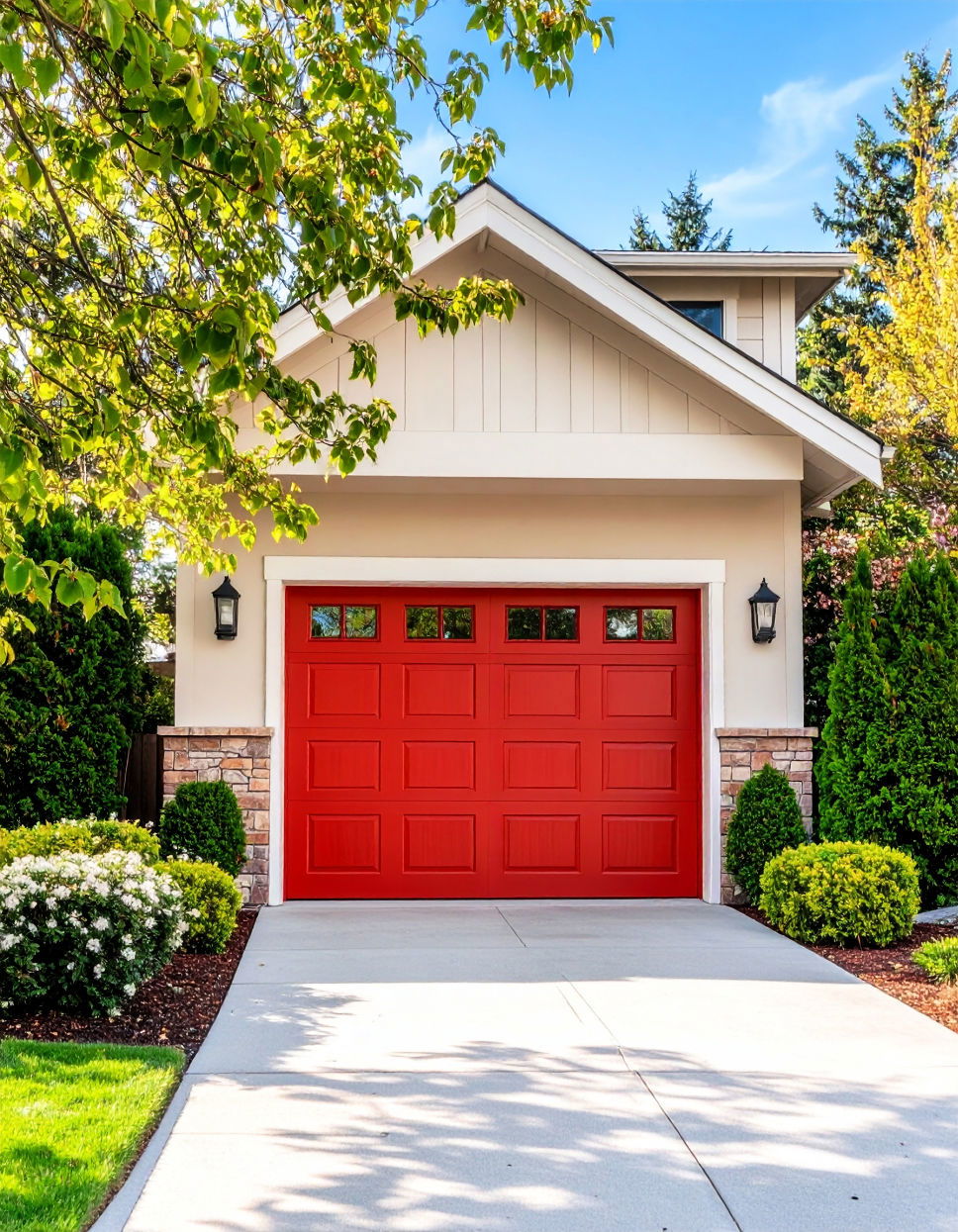
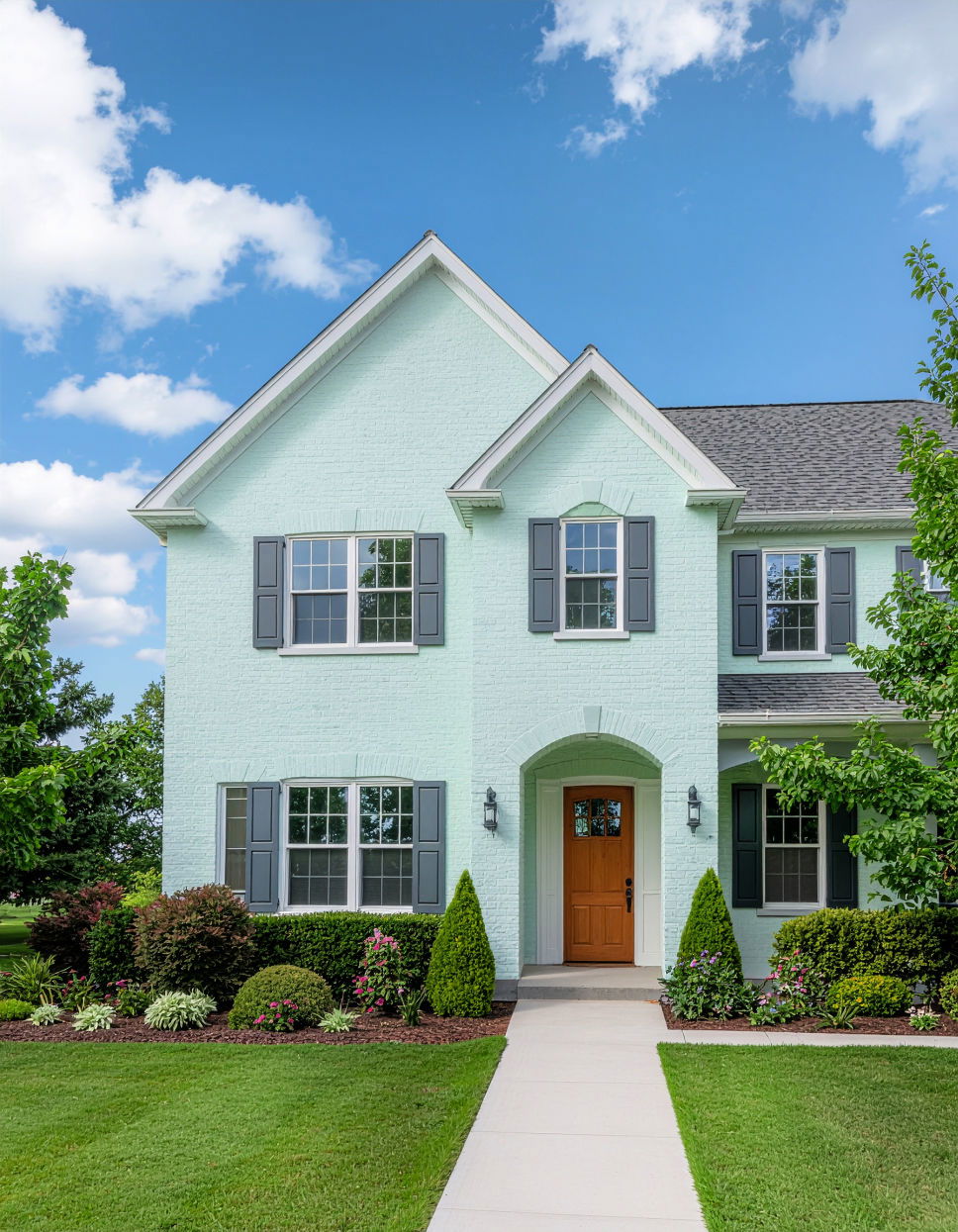
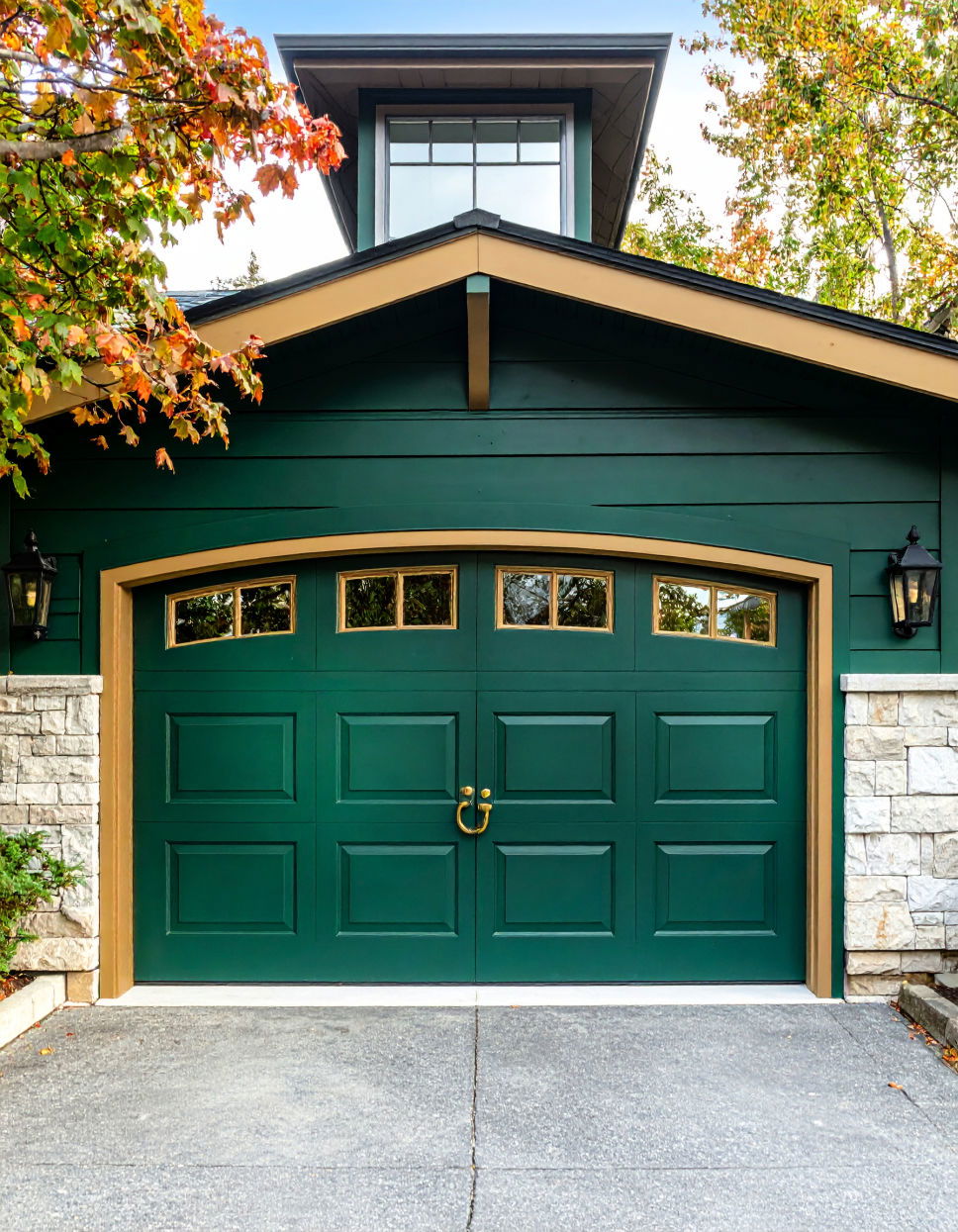
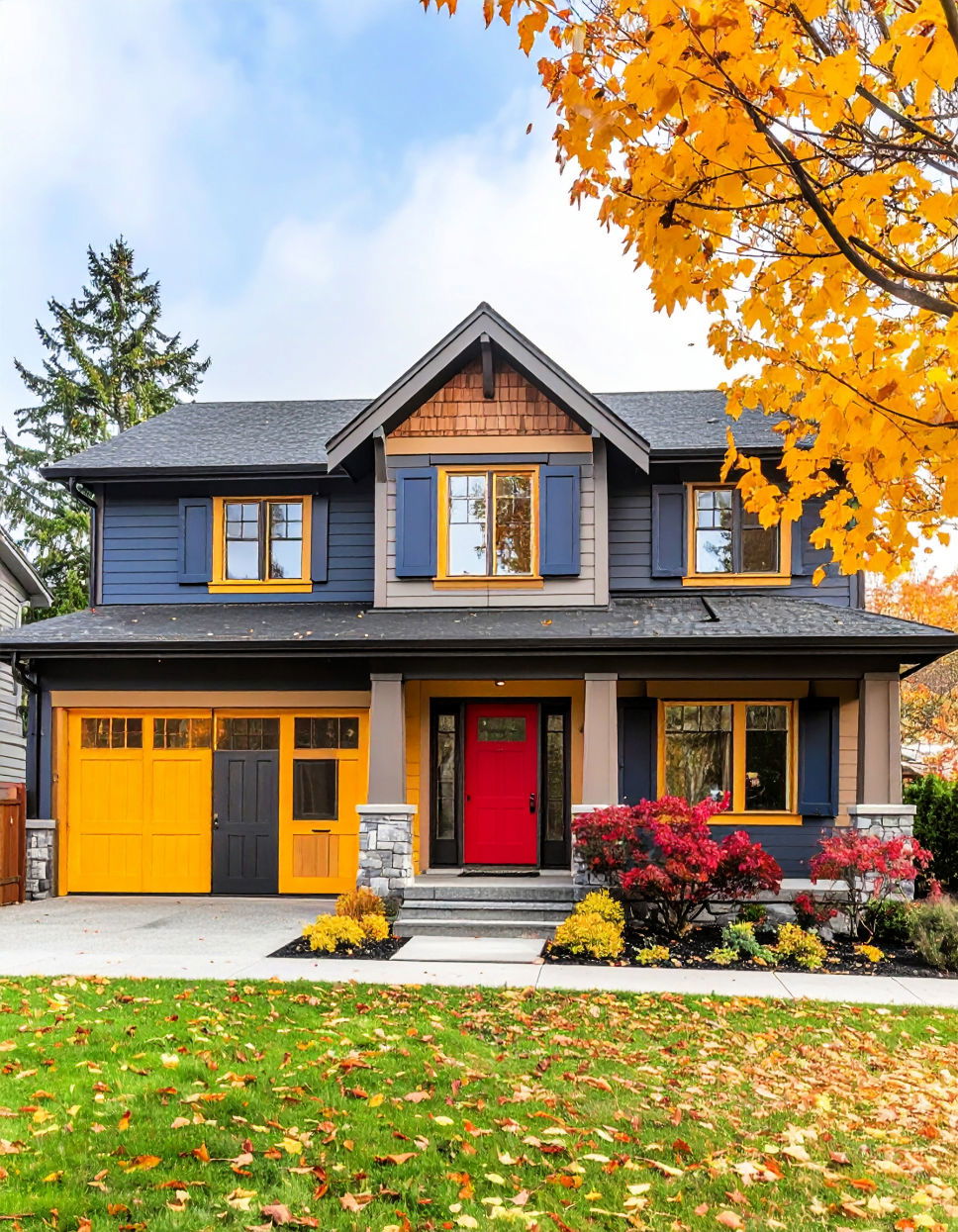
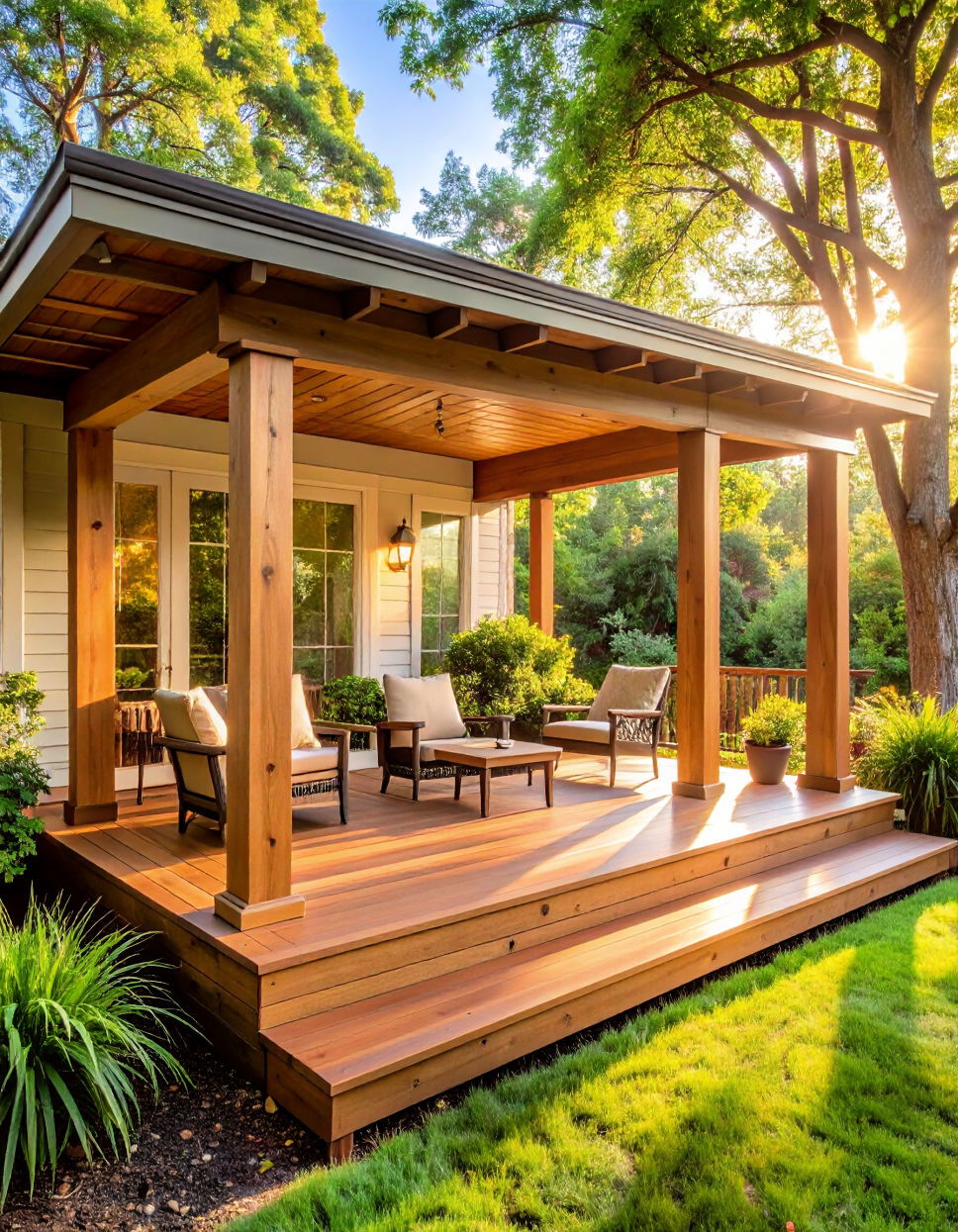
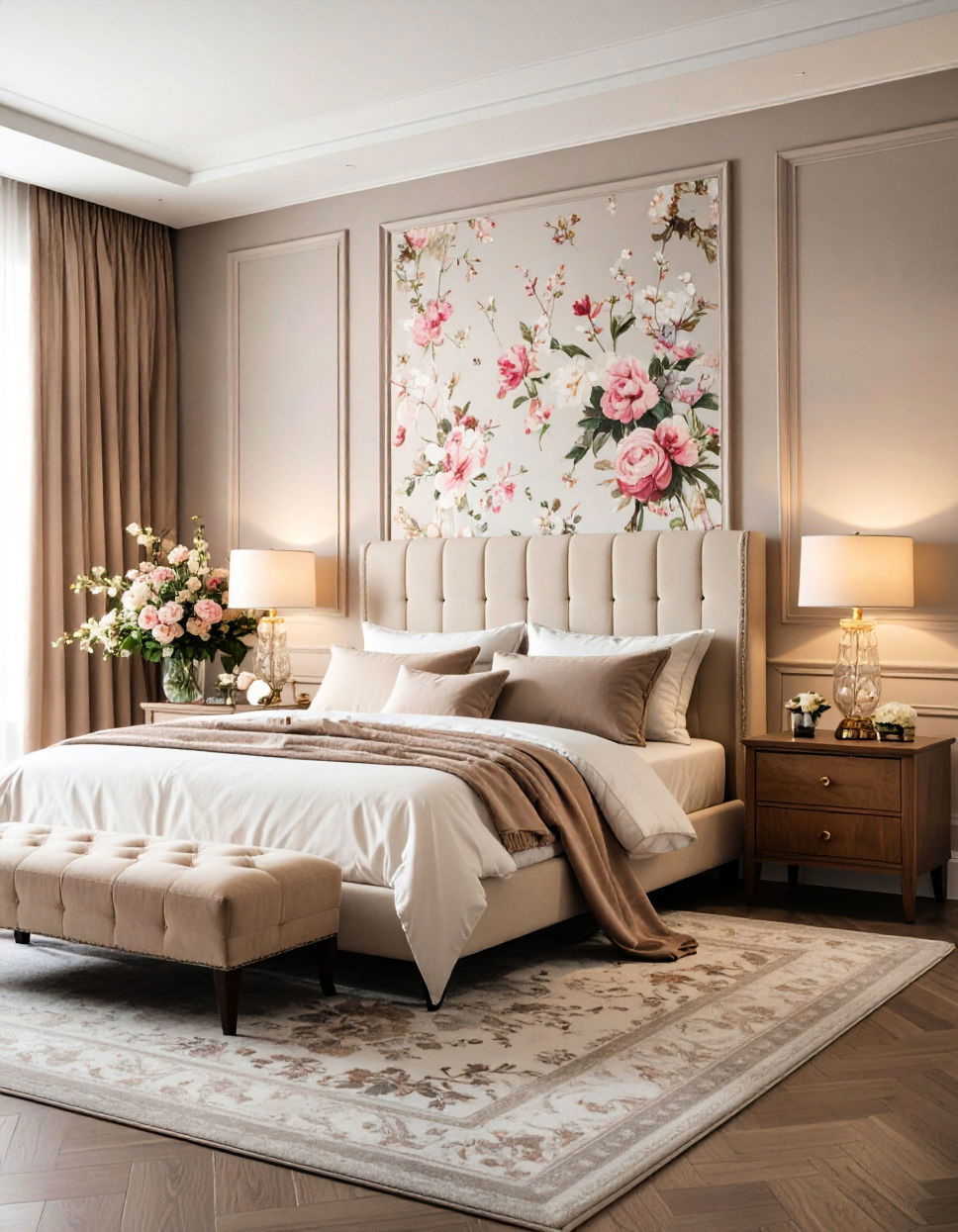
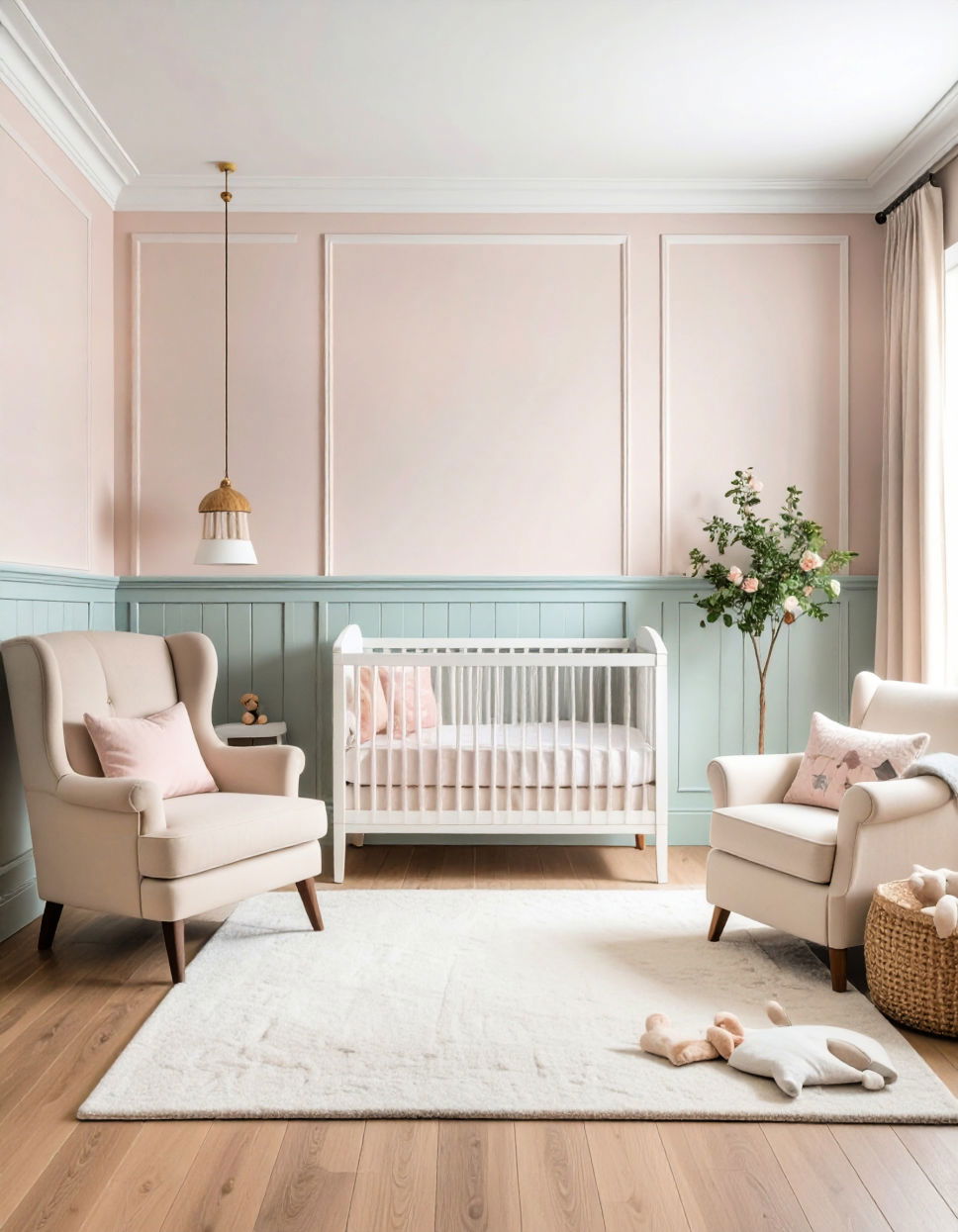
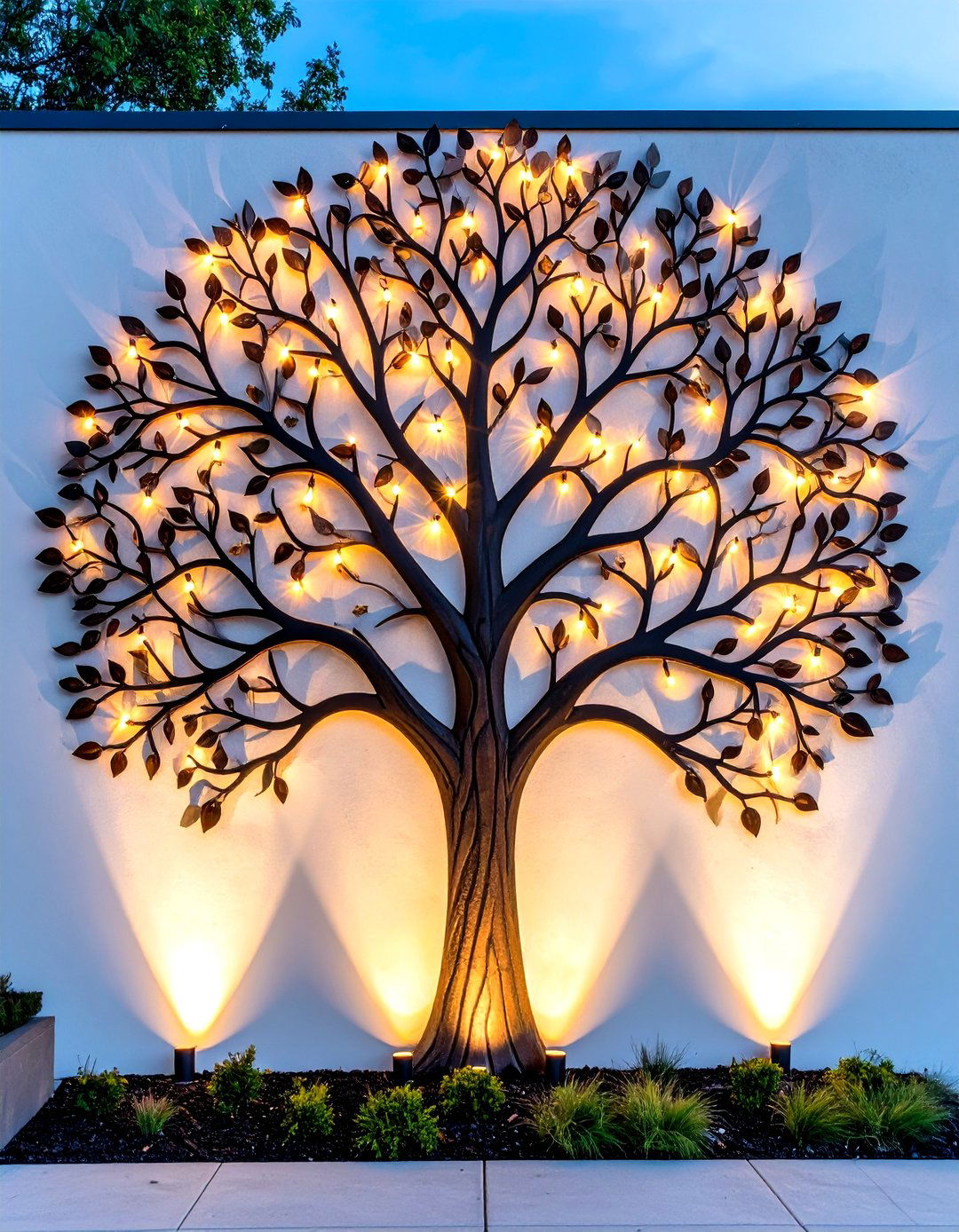
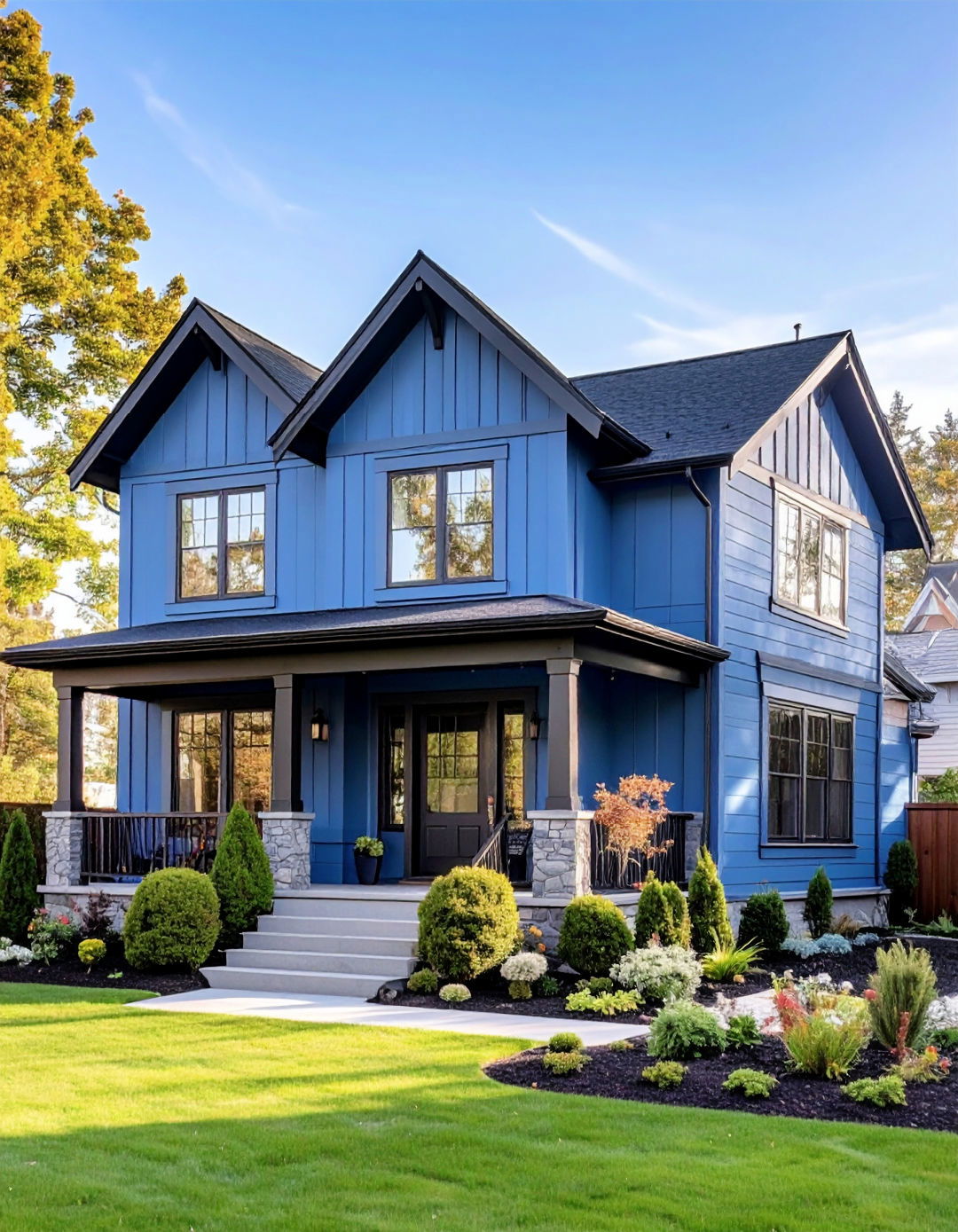

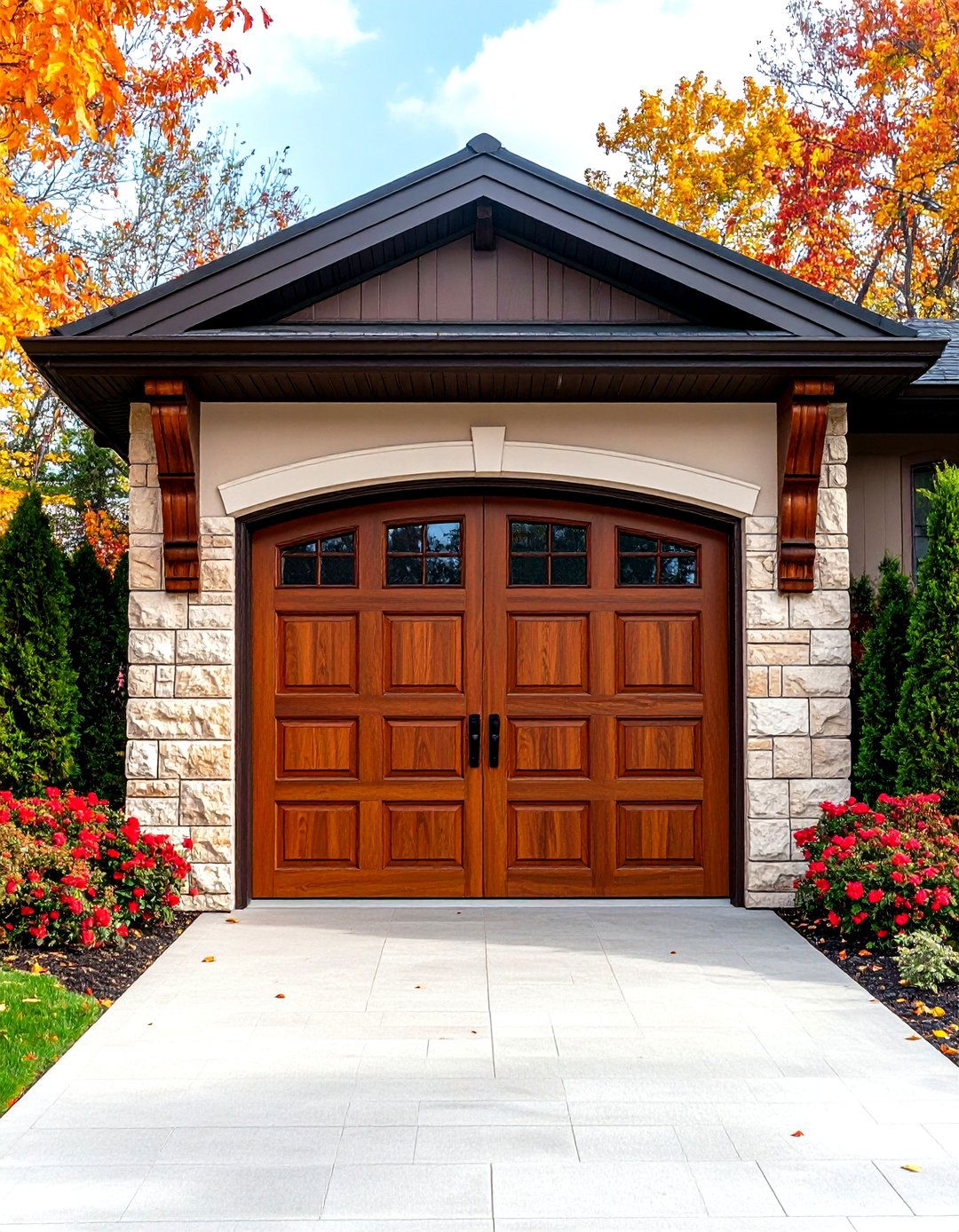
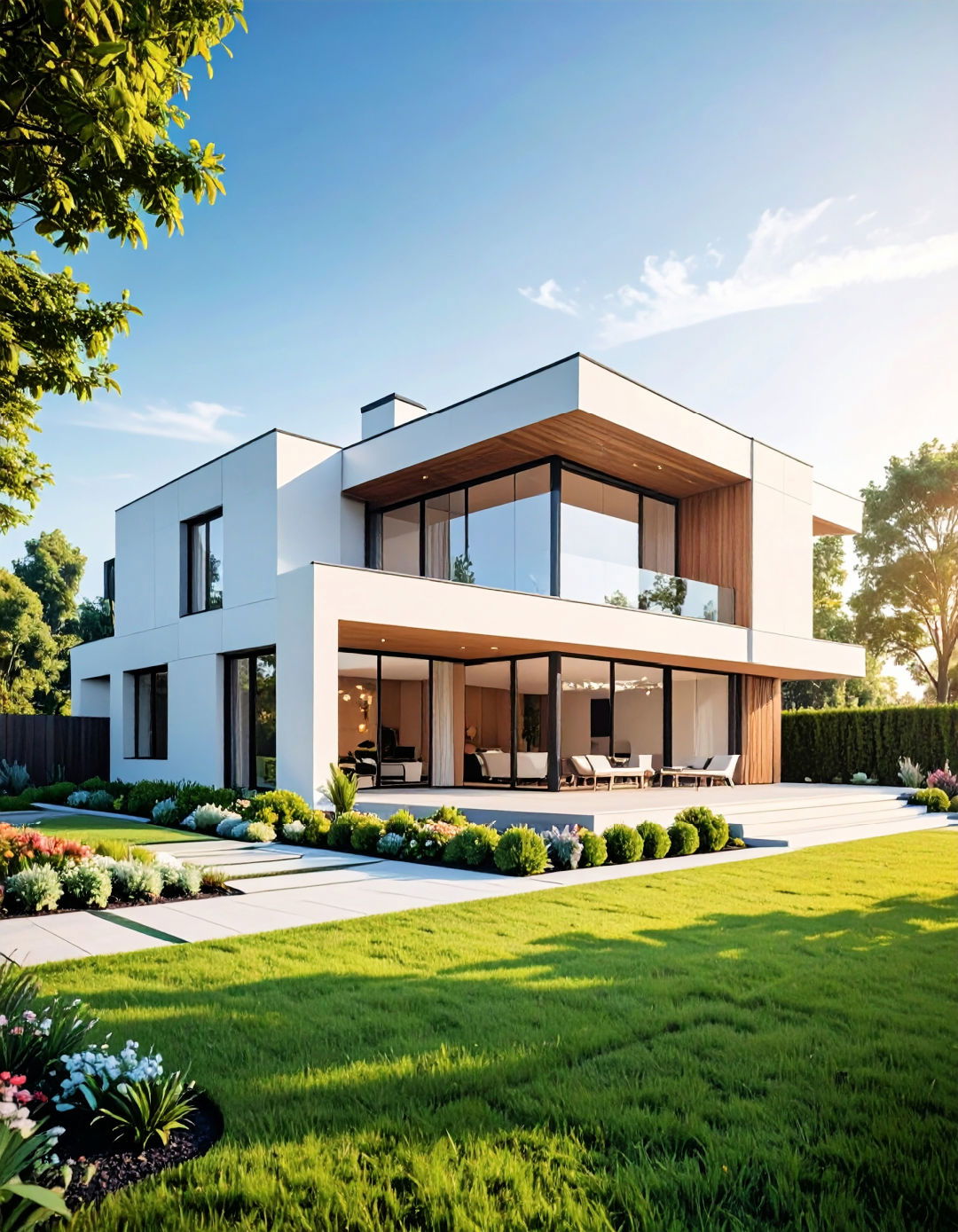
Leave a Reply